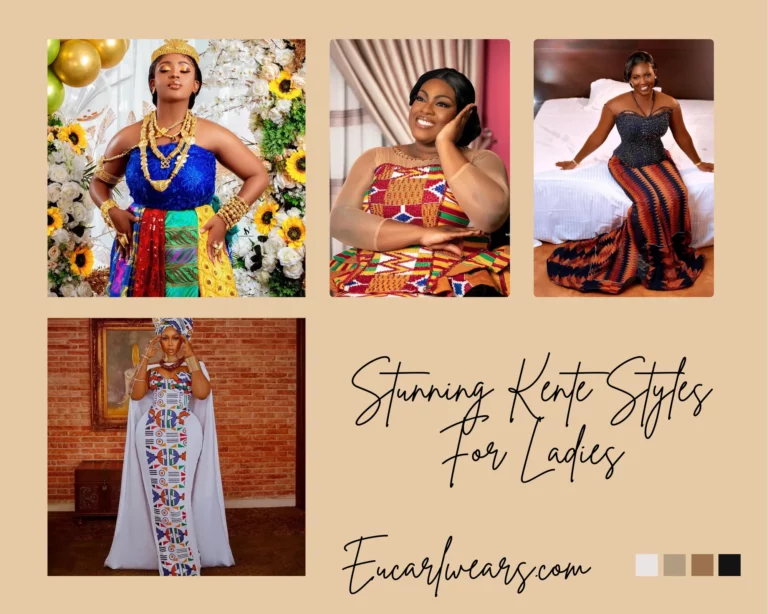40+ Latest Tsonga Traditional Attire (2024)
The Tsonga or Shangaan people of South Africa are sometimes considered an offshoot of the Zulu tribe that inhabits the southern parts of Mozambique and the Northern provinces of South Africa. The Tsonga-Shangaan or Tsonga traditional attire for the men is clothing made from animal skins, while the women wear colourful gathered skirts called “Xibelani” and put on beads to adorn their fit. This ensemble shakes around when they dance.
Table of Contents
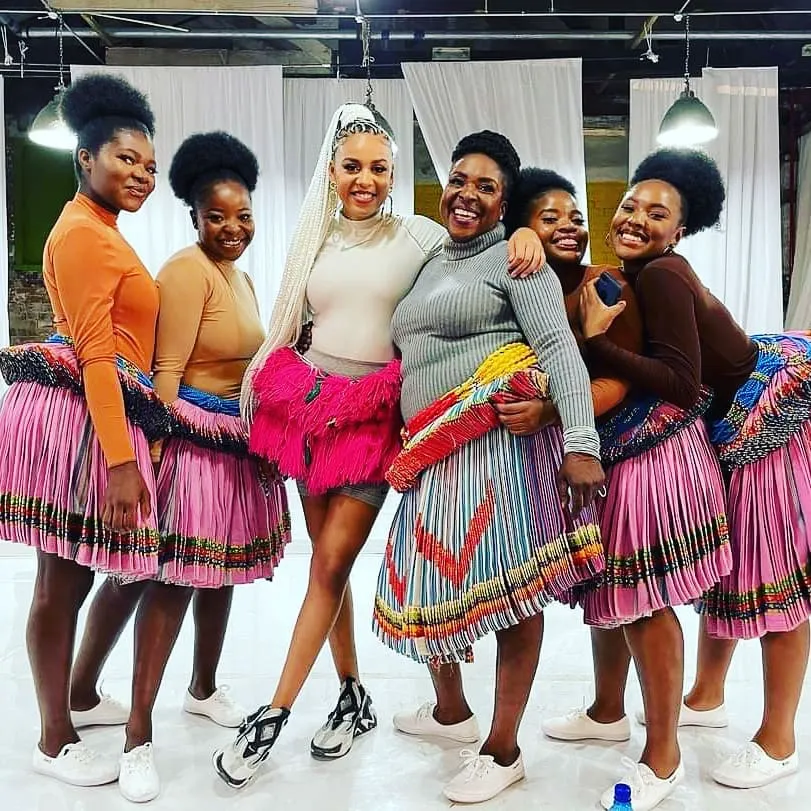
What are Tsonga Traditional Clothes?
In South Africa, there is an increasing trend towards the use of traditional attire as against conventional white wedding dresses. Not that the latter dresses have been effectively removed from the region, but more efforts are put into ensuring that the people fully embrace their cultural heritage so it doesn’t go extinct. Aside from the traditional Xibelani, there are modern Tsonga traditional dresses that couples, brides, and bridesmaids can wear to look their best for a memorable wedding day.
The Tsonga people in Southern Africa have rich and diverse cultures, encompassing various elements that reflect their history and traditions. They place great importance on their ancestral heritage, oral traditions, and vibrant music and dance forms. The community’s culture emphasizes respect for elders, community cohesion, and spiritual beliefs.
Some of the very common Tsonga attires are made from a mix of traditional fabrics in contemporary styles. The major prints used for this are the Xitsonga Xibelani, Miceka, and Motjeka. These modern designs are in bright green, pink, yellow, blue, and purple shades.
Significance of Tsonga Traditional Attire
The Tsonga traditional clothing serves as a visual representation of the community’s identity and heritage. The traditional attire is designed with vibrant colors, unique patterns, and symbolic beadwork. It is worn during important ceremonies, celebrations, and even as everyday wear.
It signifies the people’s pride and a strong connection to their ancestral roots. Through these colorful garments, the Tsonga people express their unwavering commitment to preserving their age-old traditions for generations to come.
Women’s Traditional Attire
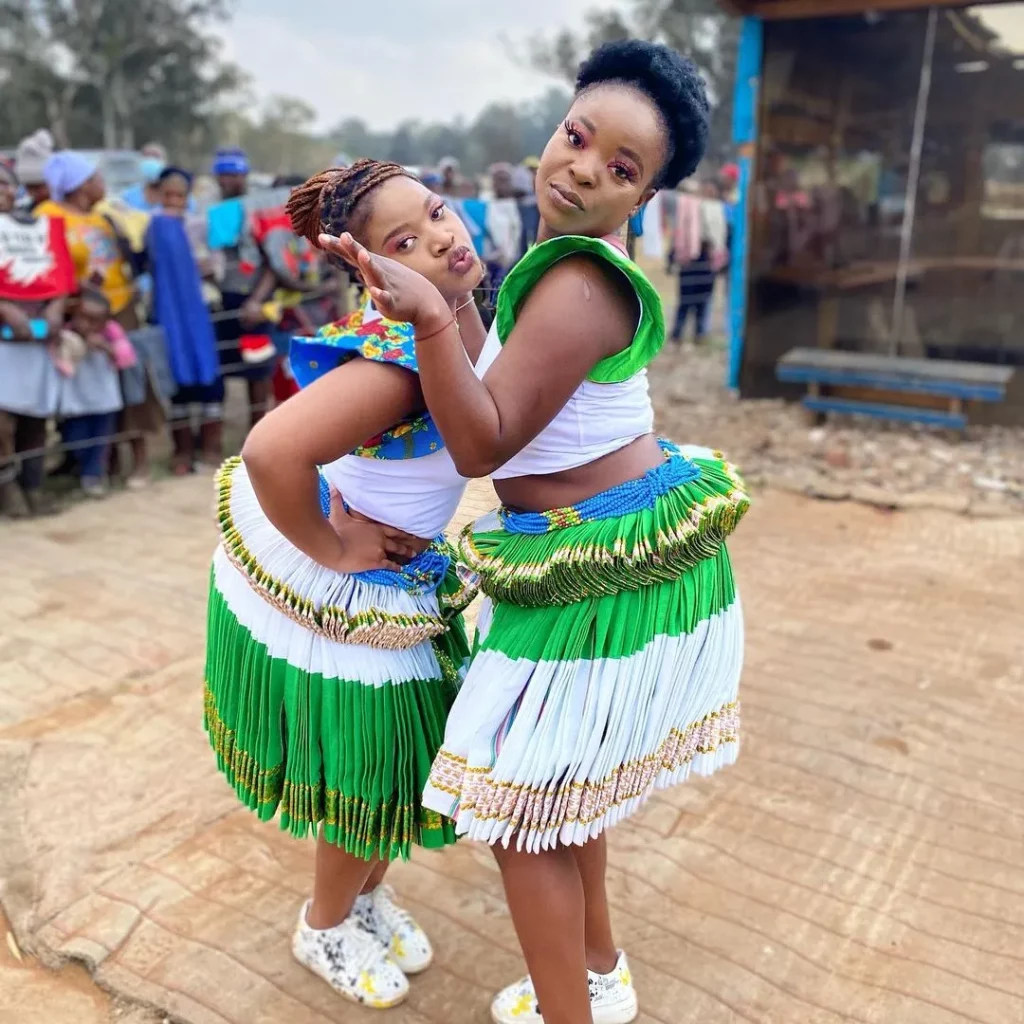
The centerpiece of the Tsonga women’s traditional clothing is the “Xibelani” skirt or “Doek“. It is a pleated cloth with colorful layers that sway beautifully during dances. “Majele” or “Makunda” tops are worn on the upper body, and they reflect cultural stories and values. A traditional shirt called “Yele” and a belt known as “Nkhamu” may also be worn.
Tsonga women also wear exquisite beaded necklaces, bracelets, and anklets, with their attire. The “Vuhlalu” and “Ti queeni” are common jewelry pieces here. Tastefully designed headbands or “Tindzilo” adorned with beads and feathers complete their resplendent look.
Colors like bright pinks, oranges, blues, and yellows, are worn to evoke a sense of joy, femininity, and cultural unity. Geometric patterns, floral motifs, and zigzag designs, also mark nature’s beauty and have ancestral symbolism.
Men’s Traditional Attire
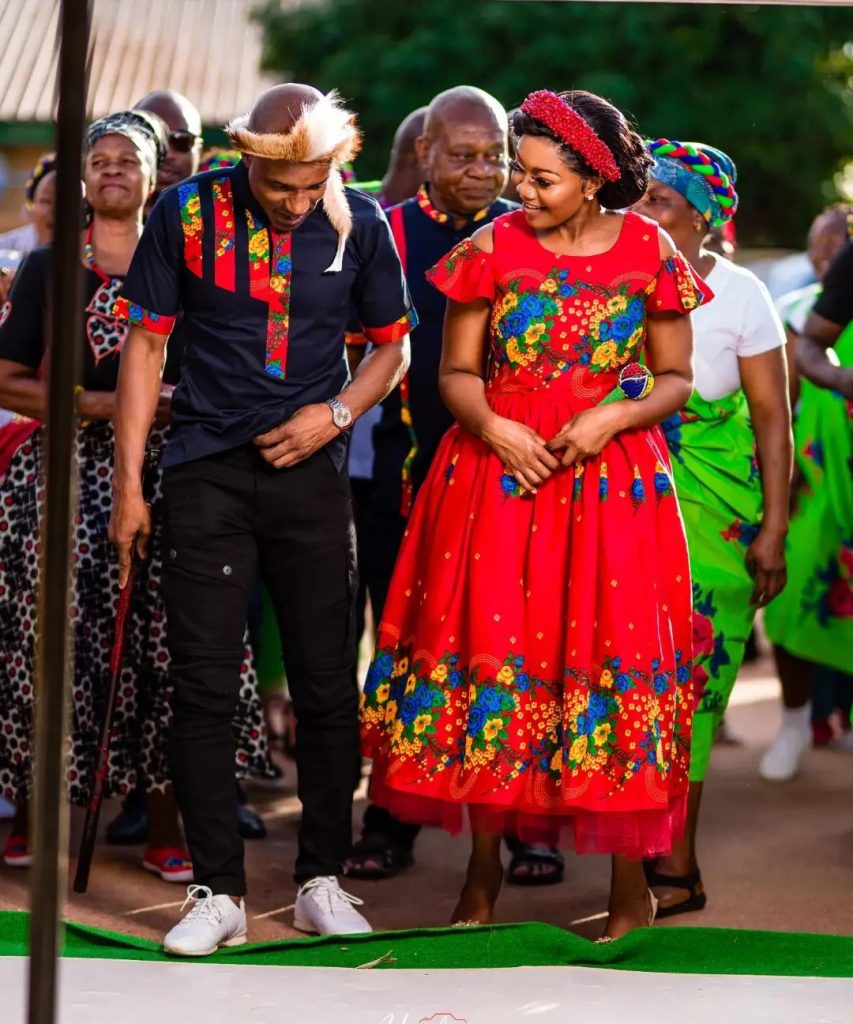
Tsonga men’s traditional clothing is made from high-quality fabrics in a striking array of colors, including reds, blues, yellows, and greens. It typically consists of a colorful, knee-length shirt known as a “Xibelani.” This shirt is in vibrant geometric patterns and bright hues and is usually paired with the “Mbhaco,” a beaded apron. The beadwork represents cultural symbols and stories.
Tsonga men also wear a brightly coloured robe, ostrich feathers for the headdress, and a sash around their waist to hold up the main clothing.
The colors of the Tsonga men’s attire symbolize various aspects of life, such as vitality, prosperity, and spirituality. The geometric patterns of their clothing are often inspired by nature, creating visually captivating designs. To accessorize their clothing, Tsonga men beaded necklaces, bracelets, and anklets. Feathers and traditional headwear, like “Tinguvu,” are unique to their culture and it enhance the overall Tsonga traditional look.
This article highlights some of the interesting looks of African attires that you match with unique beadwork and fabulously festive headwear to create a unique fashion style. Keep reading to learn more!
Pictures of Tsonga Traditional Attire
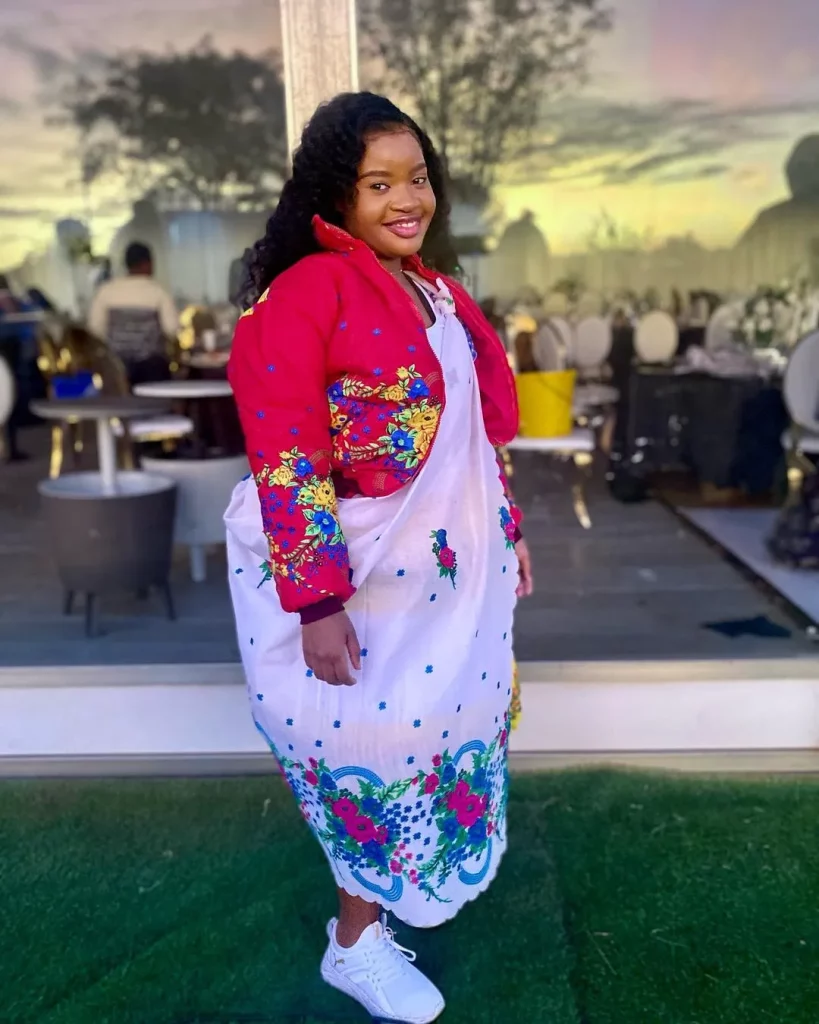
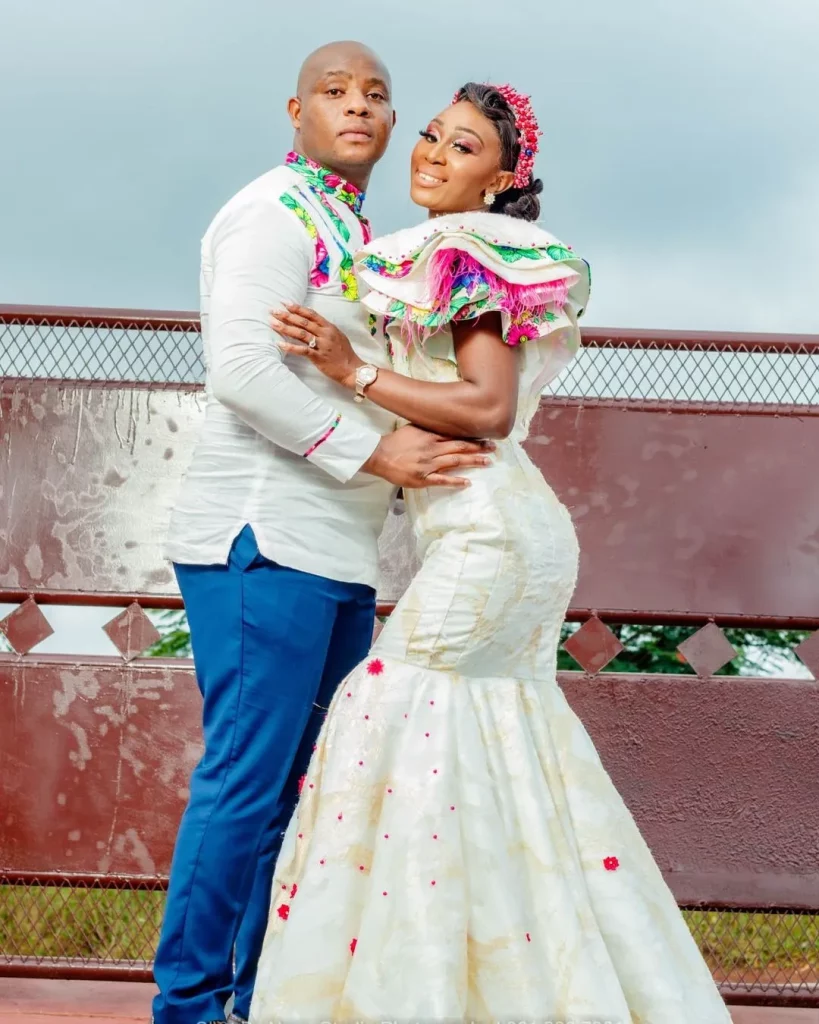
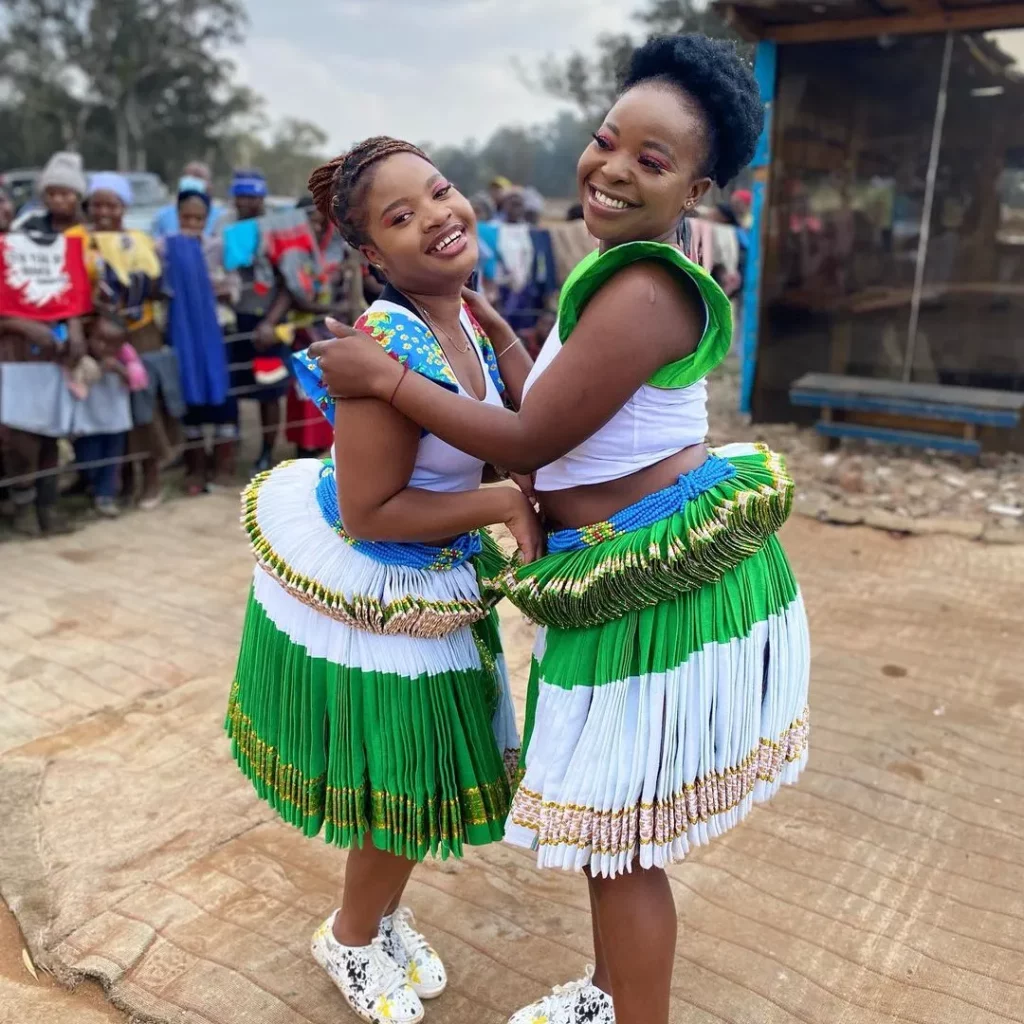
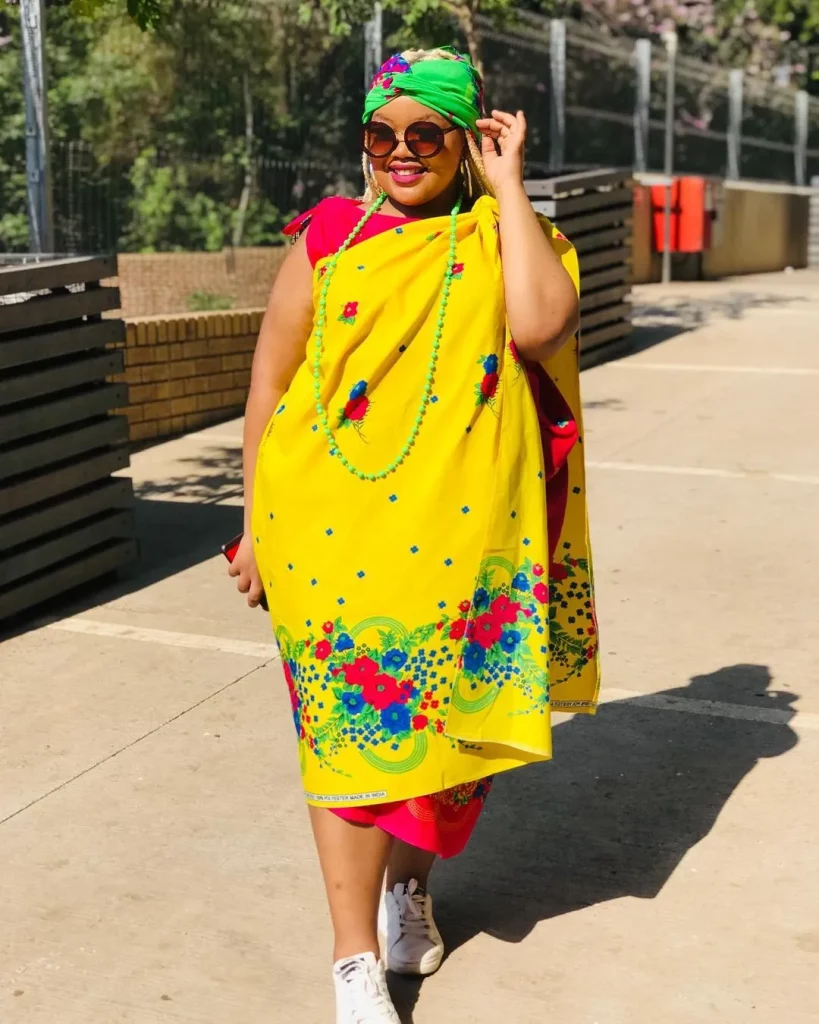
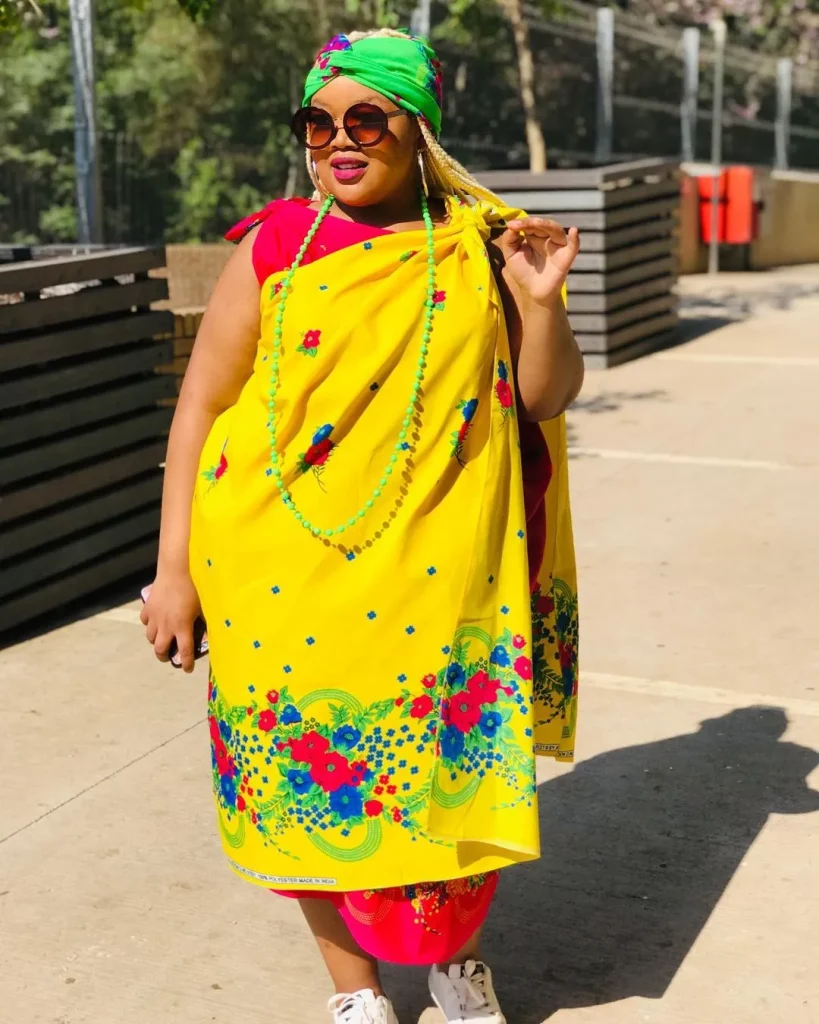
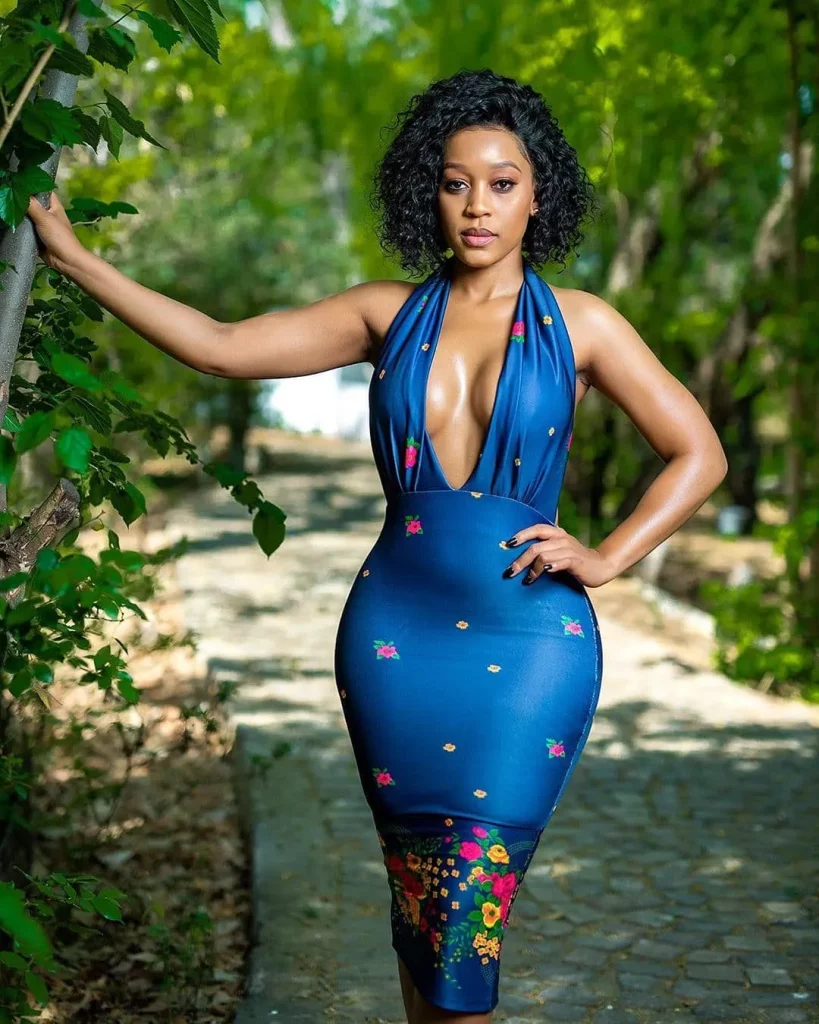
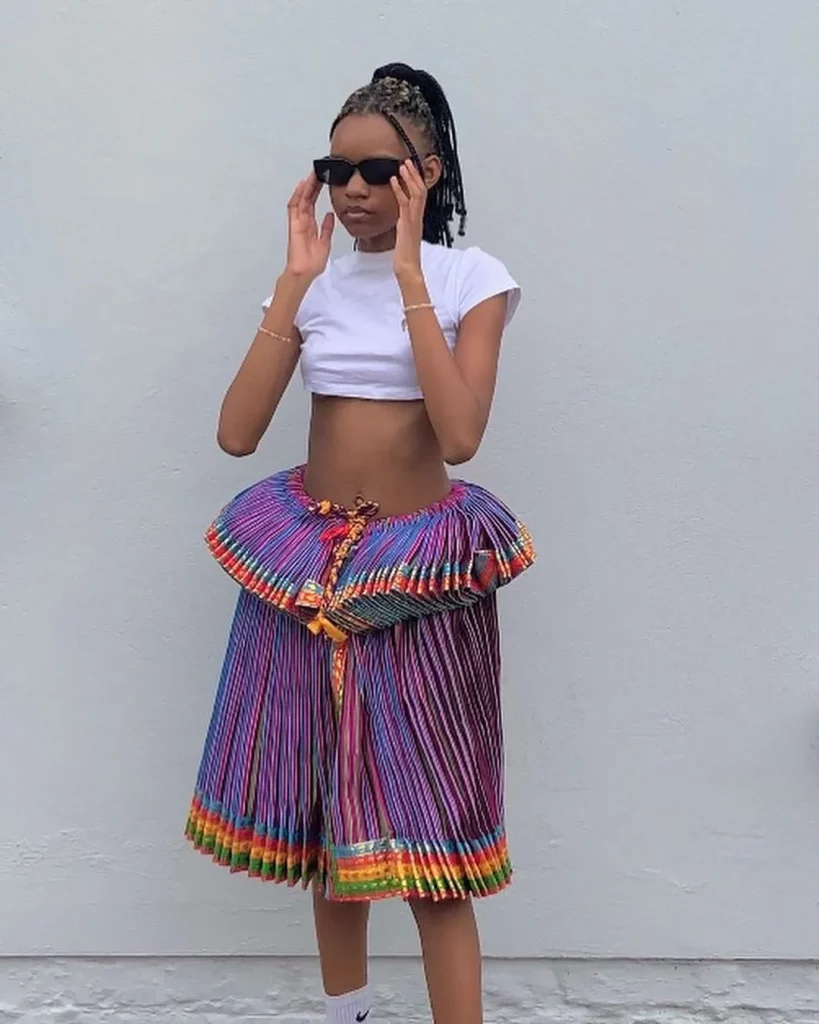
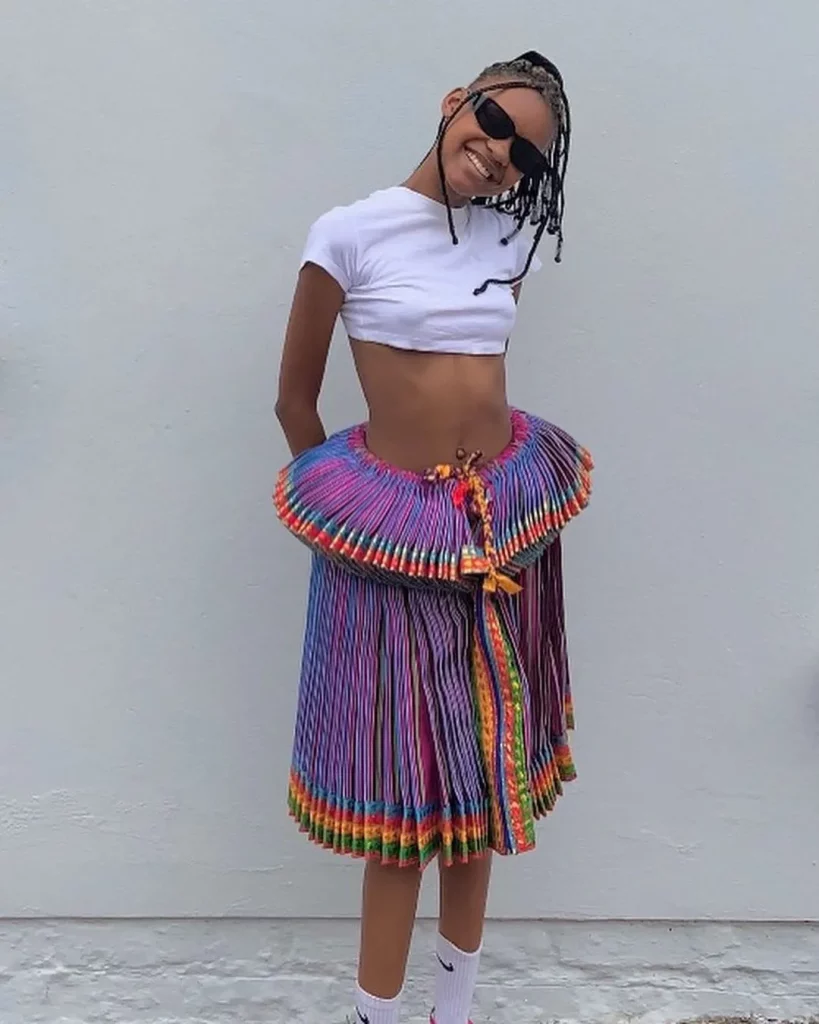
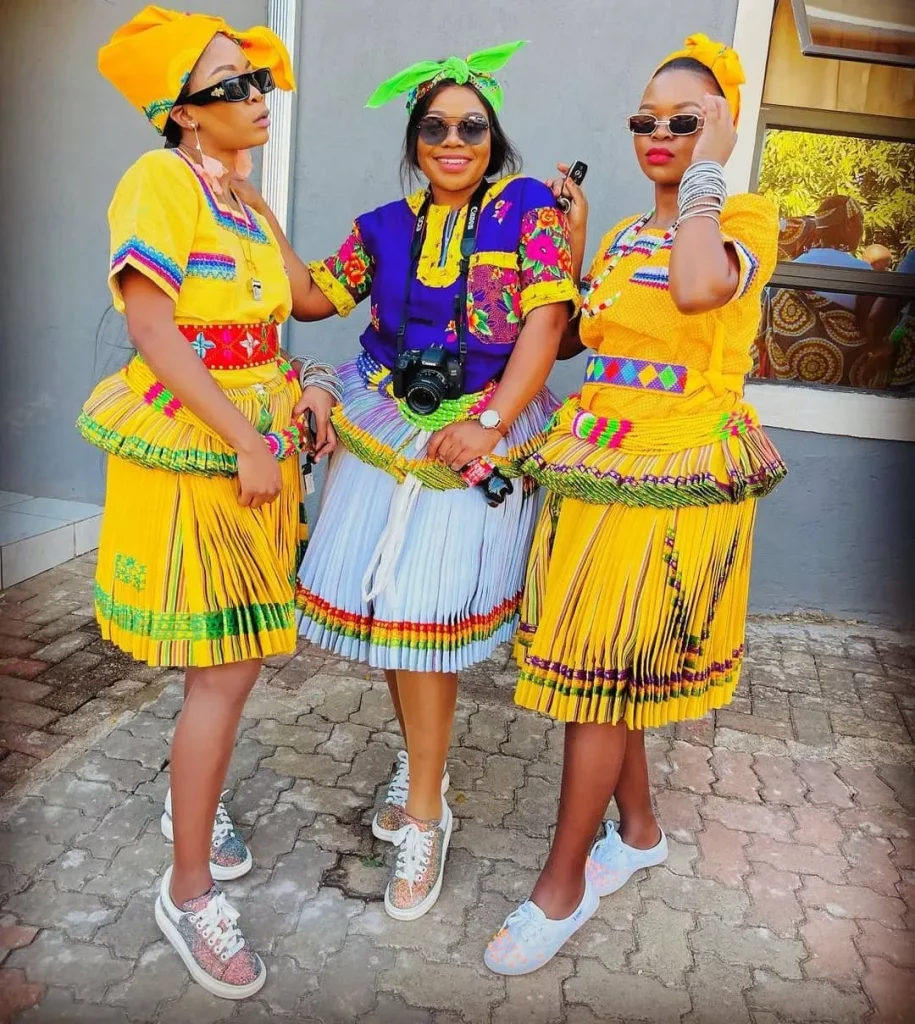
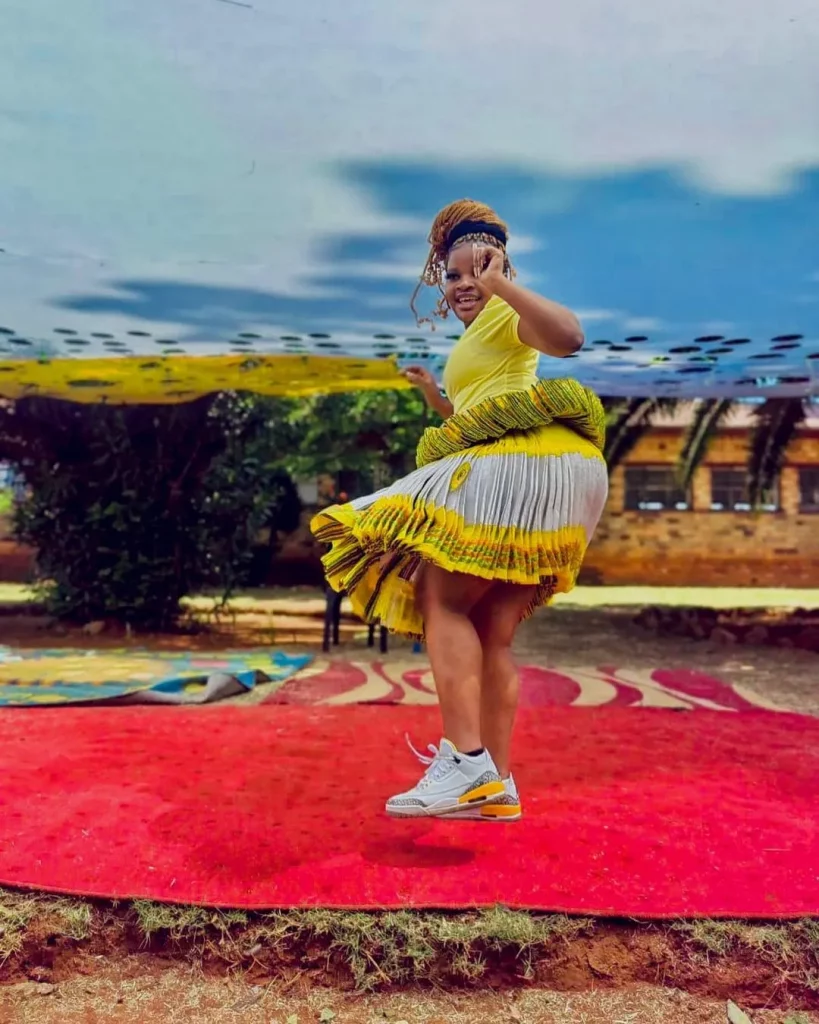
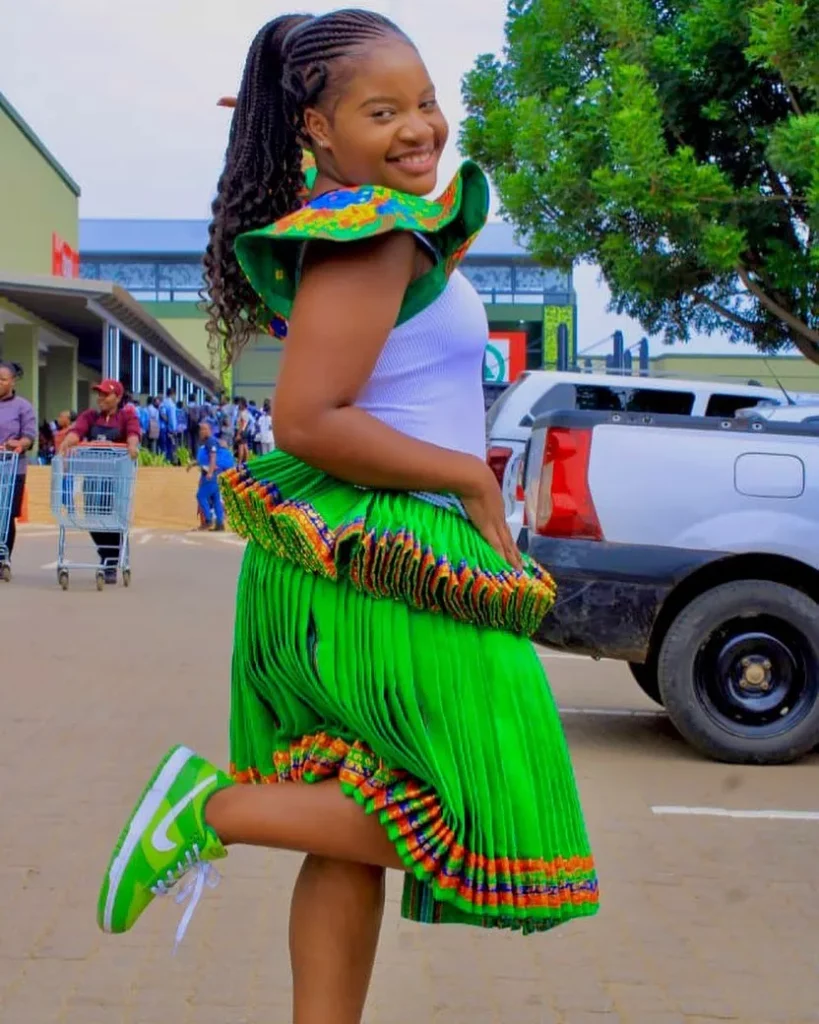
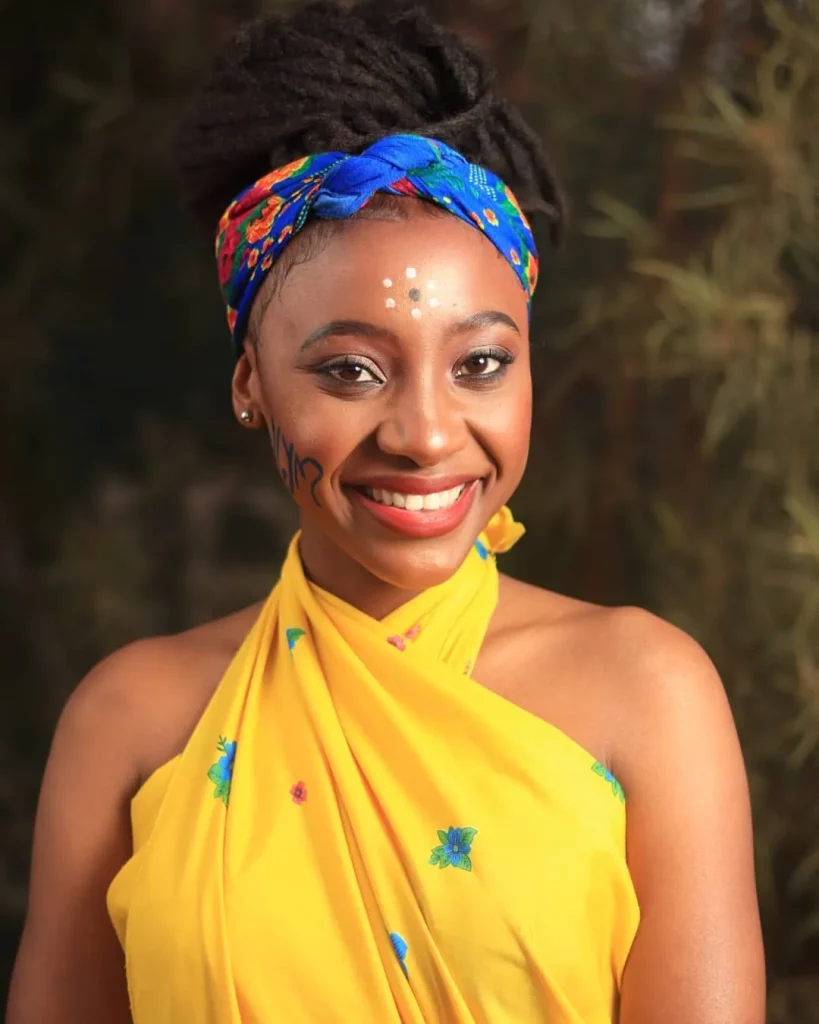
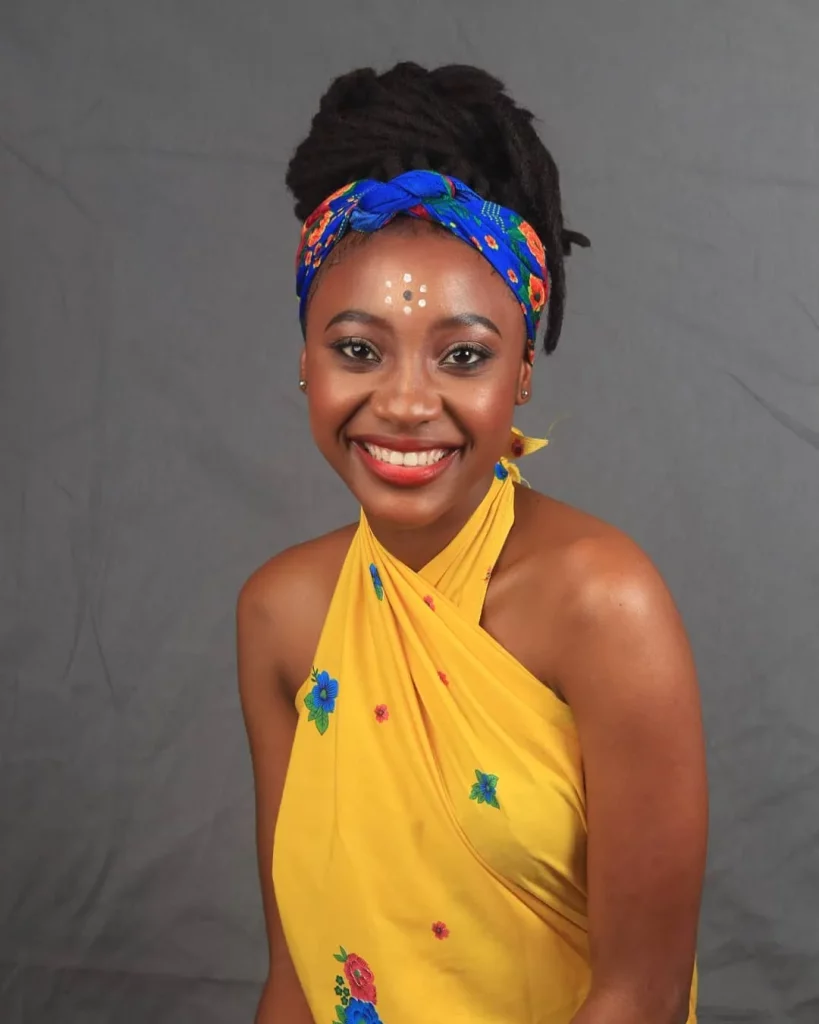
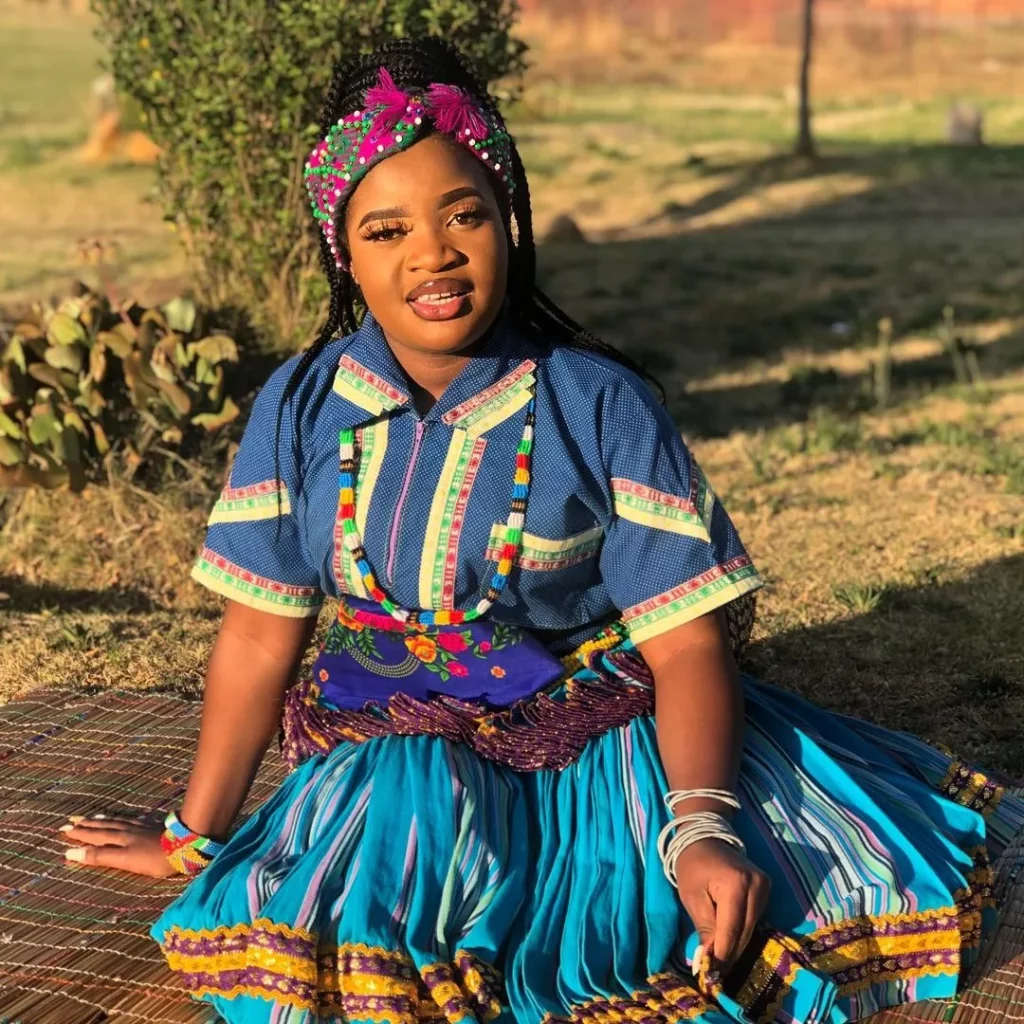
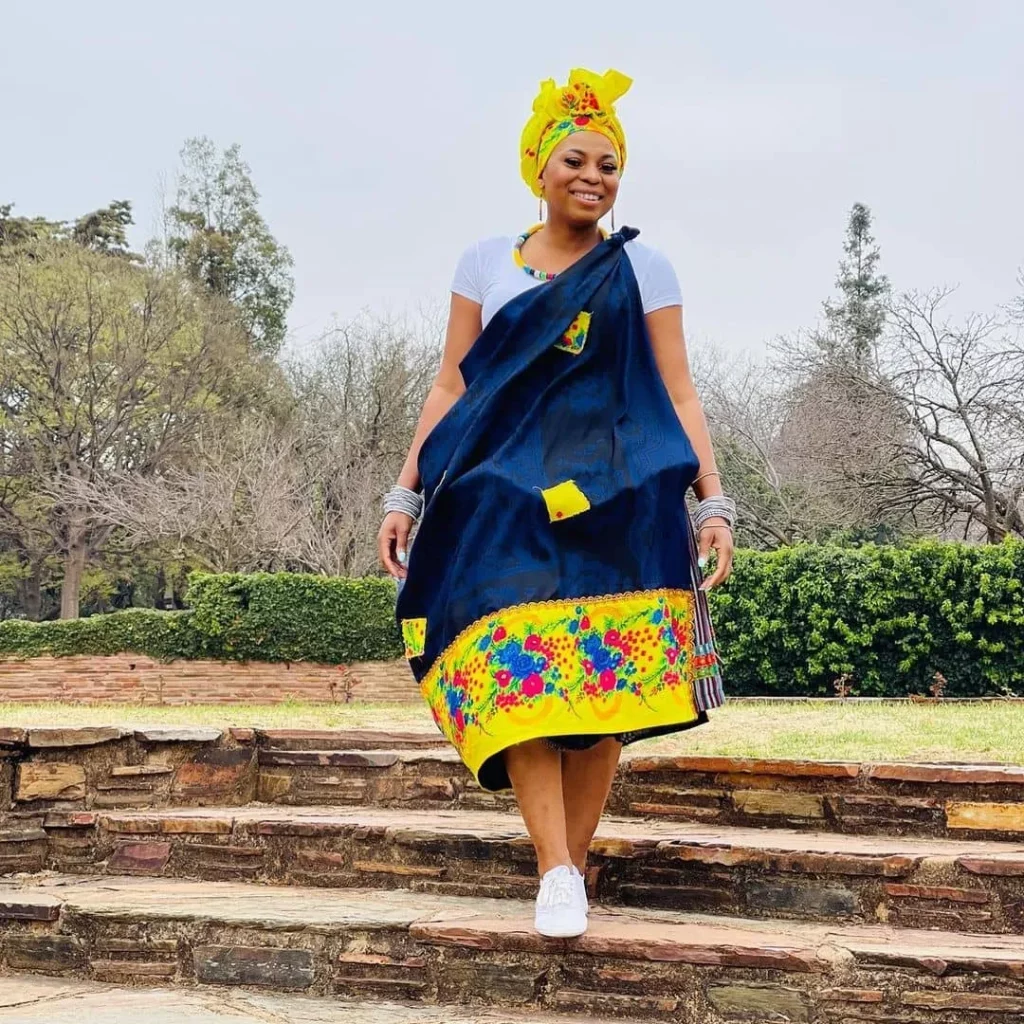
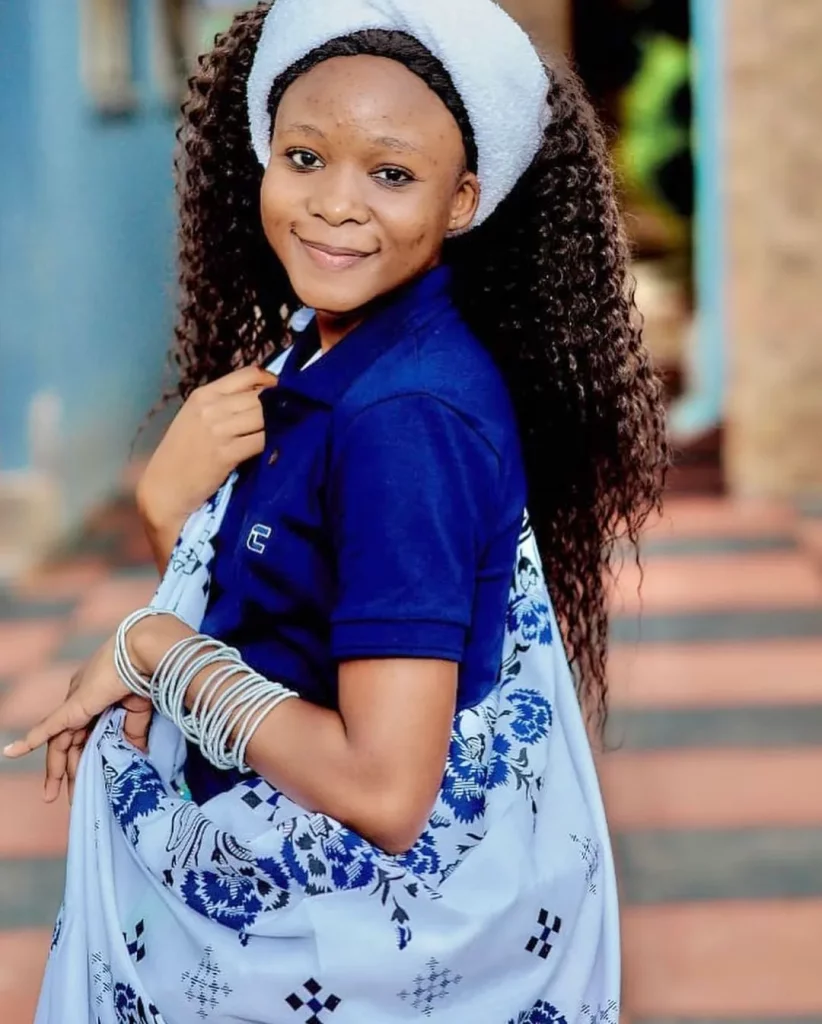
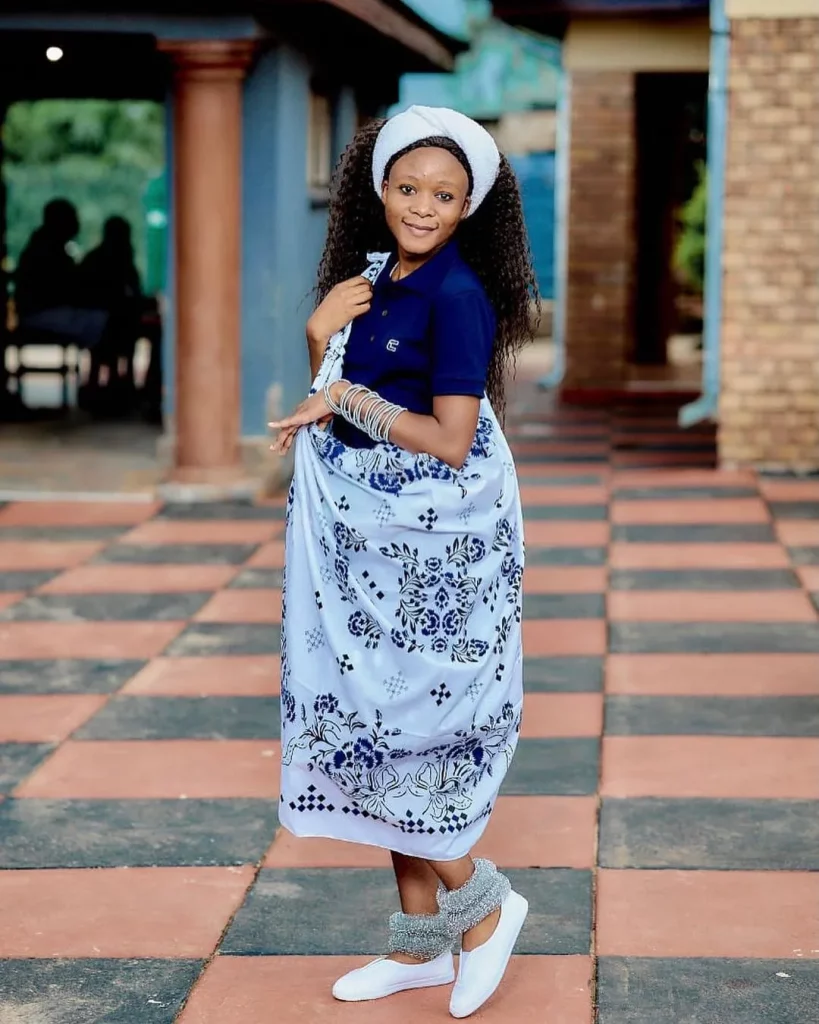
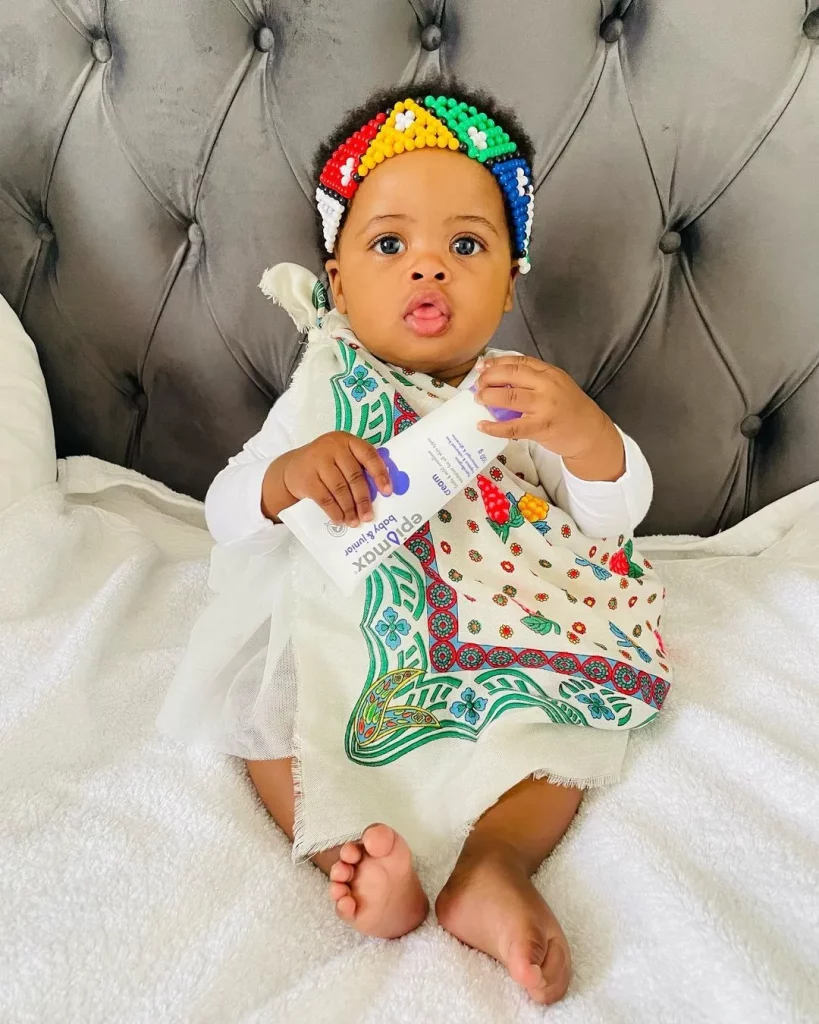
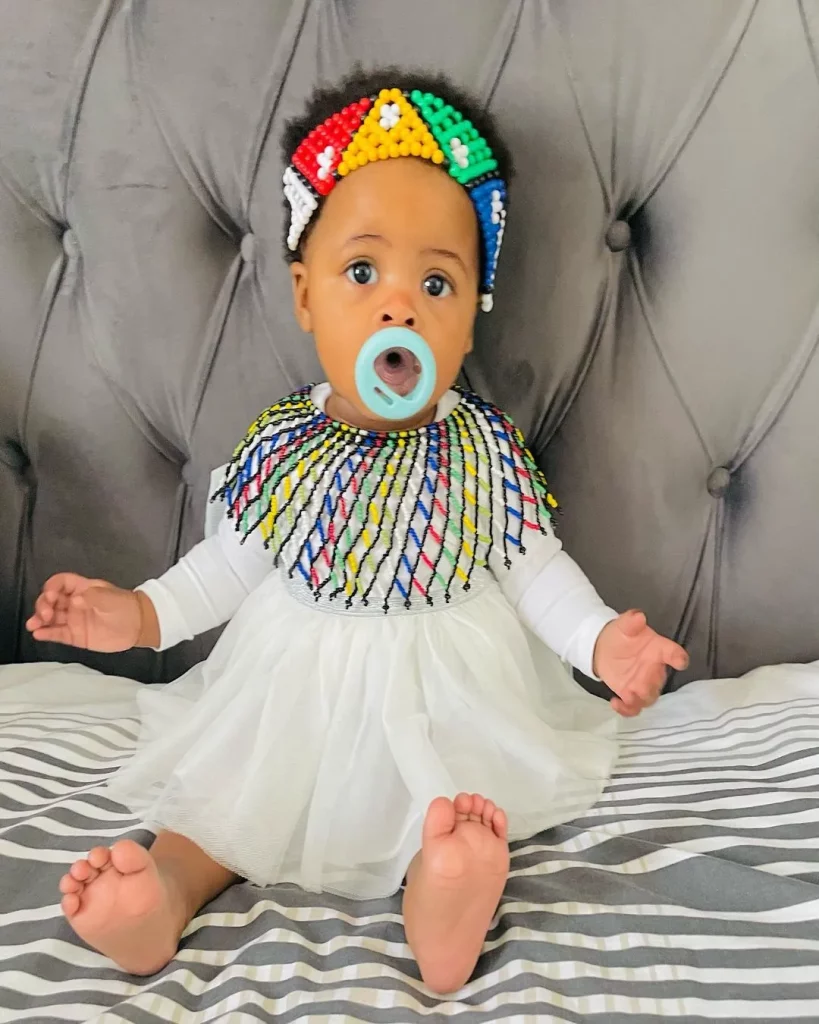
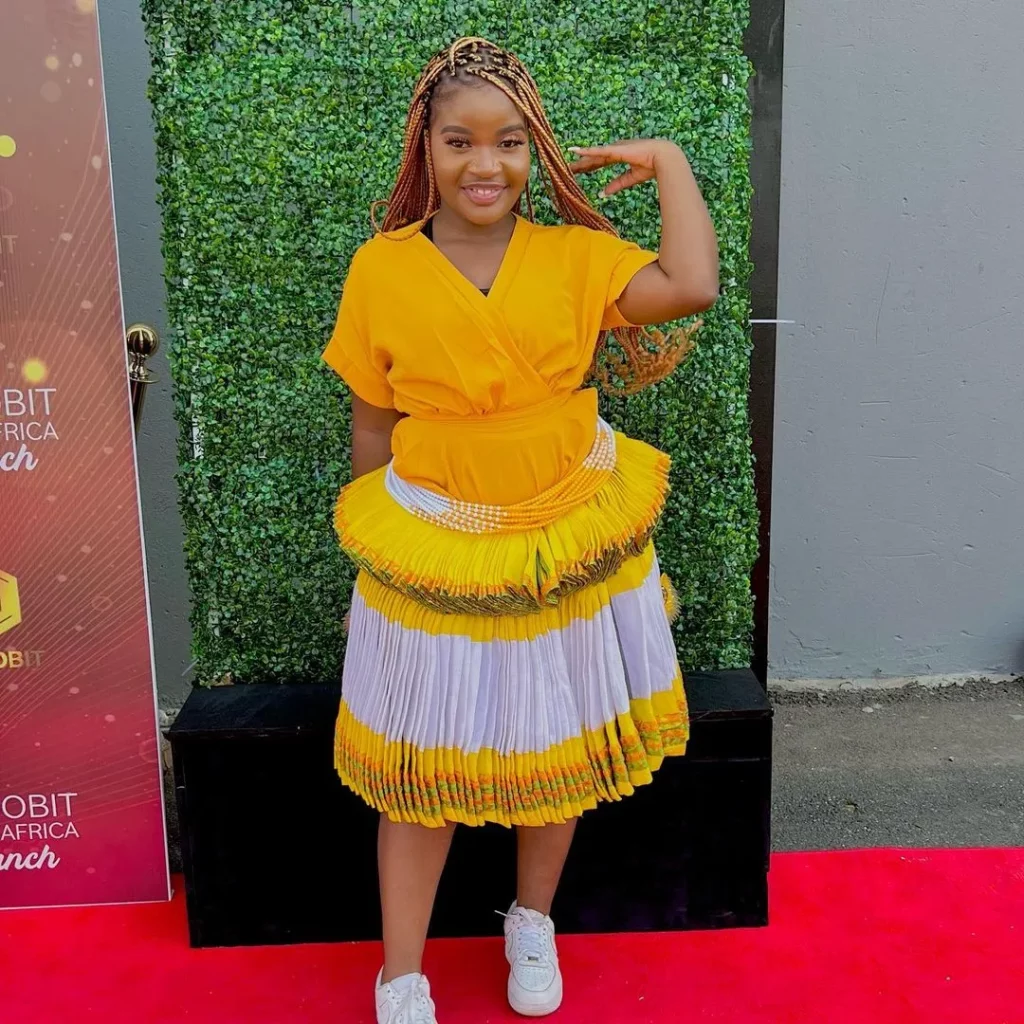
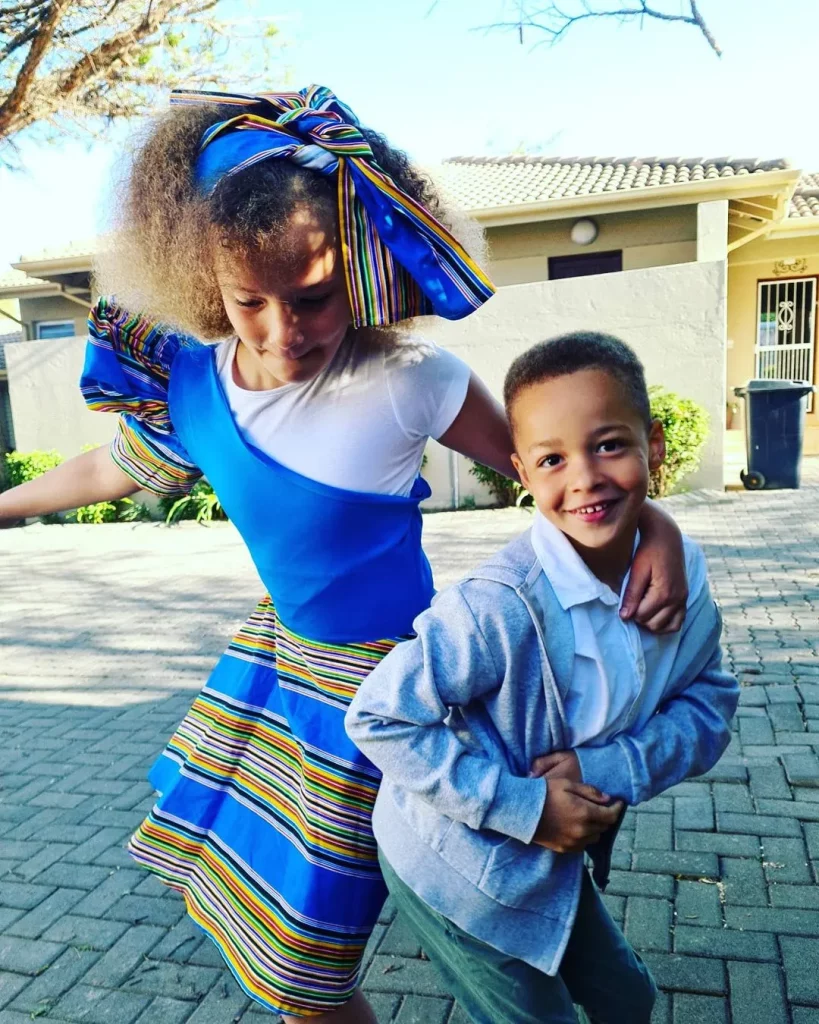
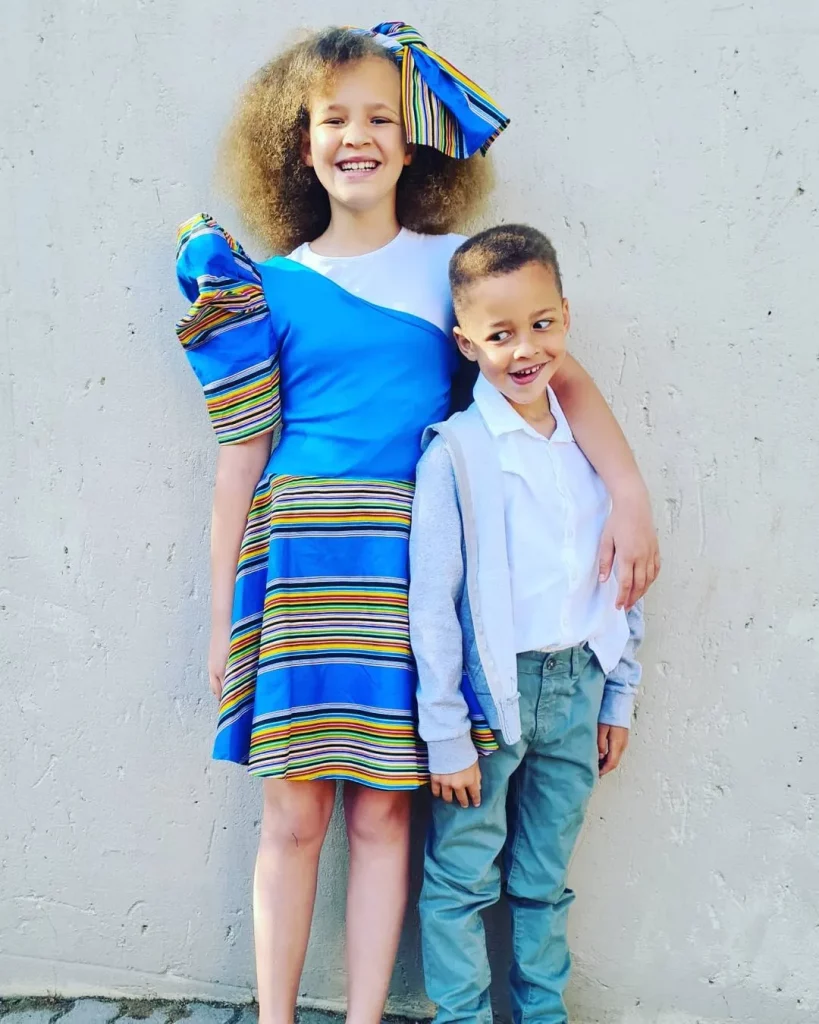
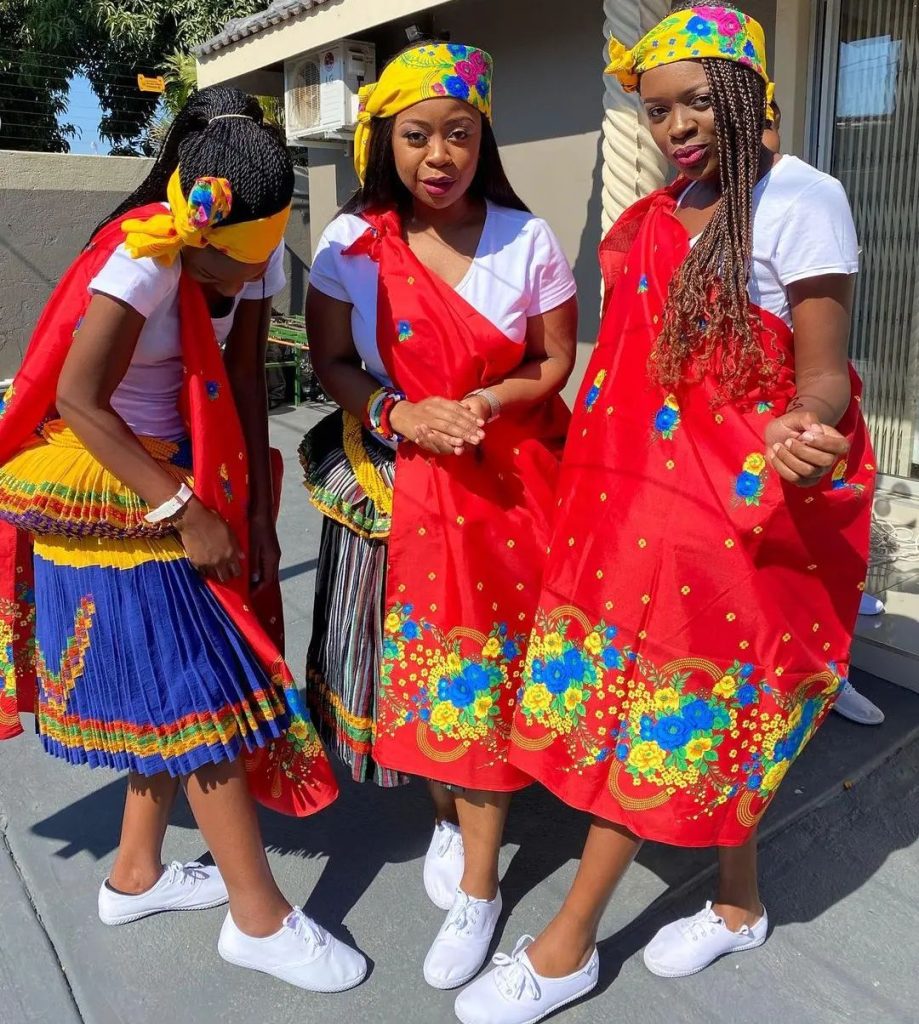
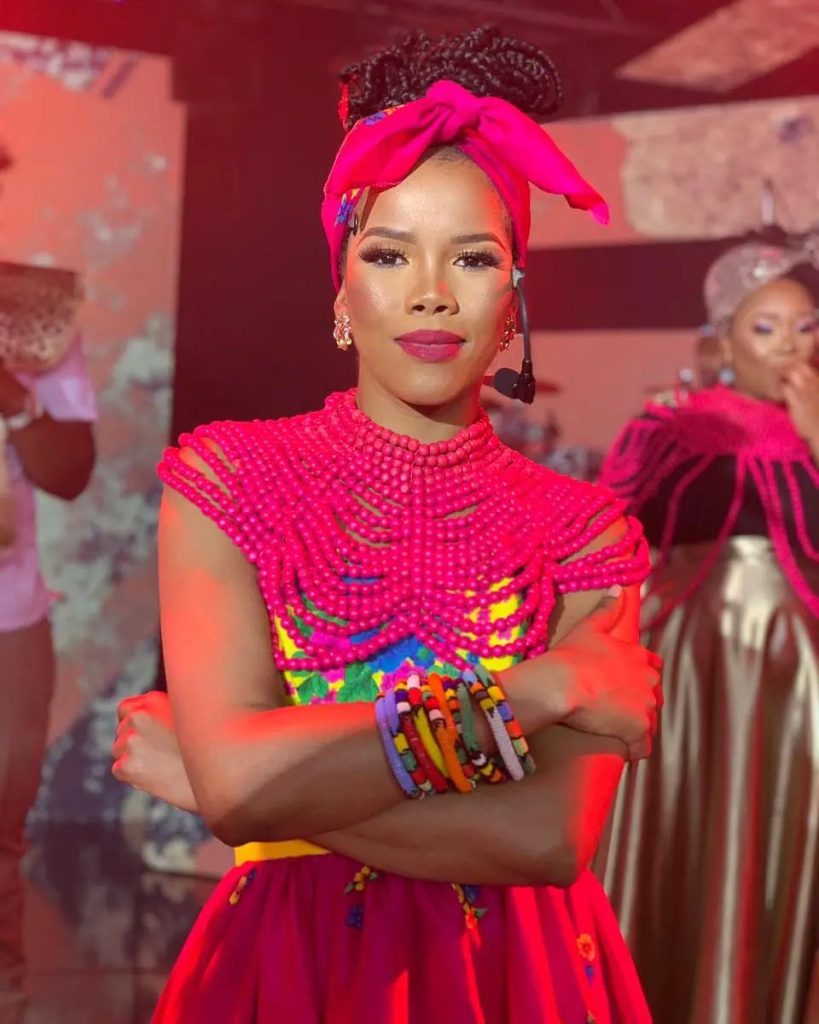
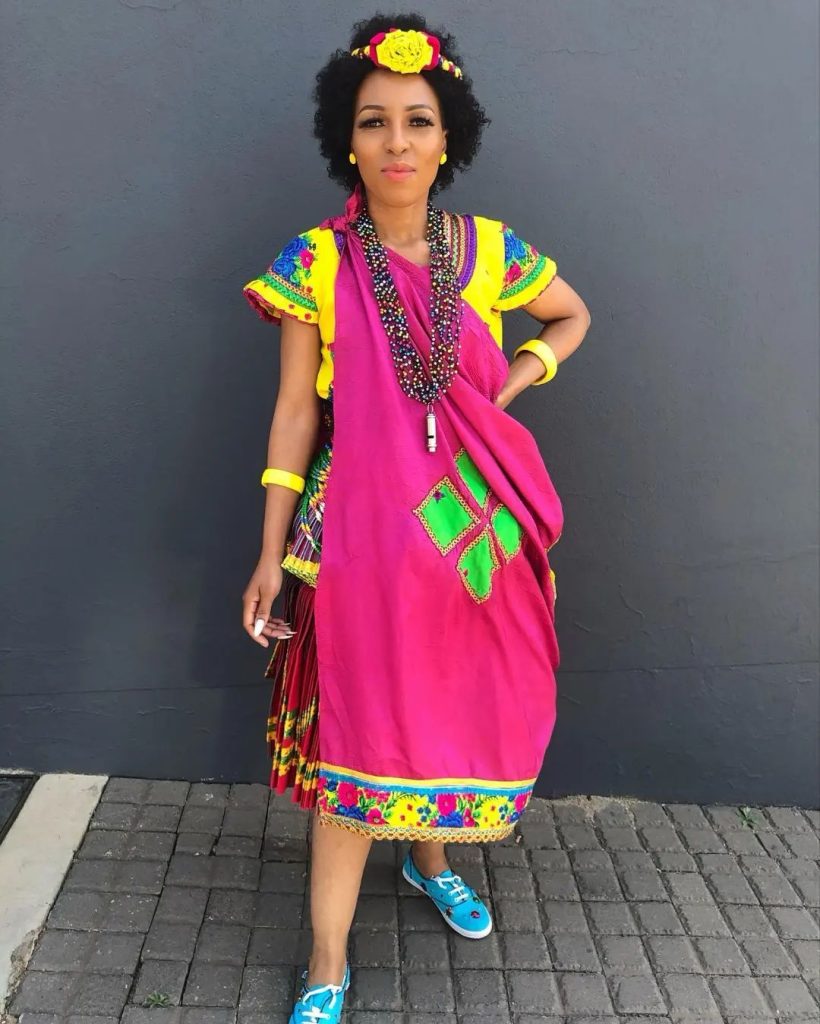
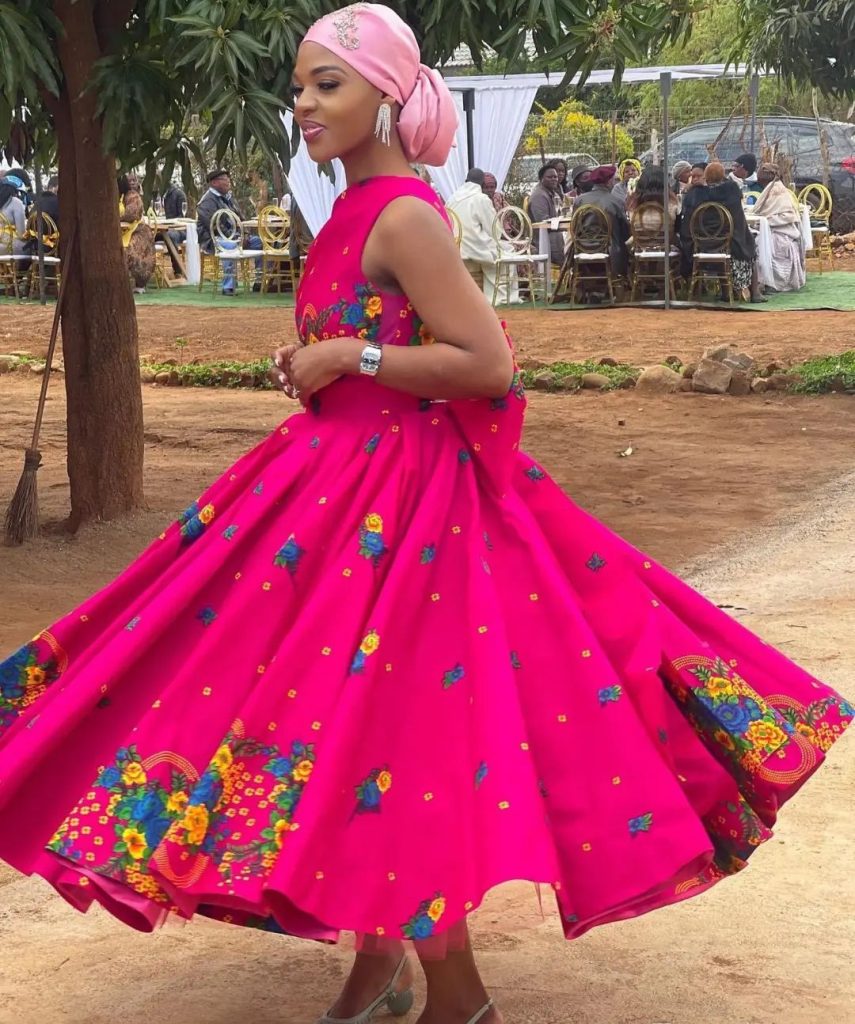
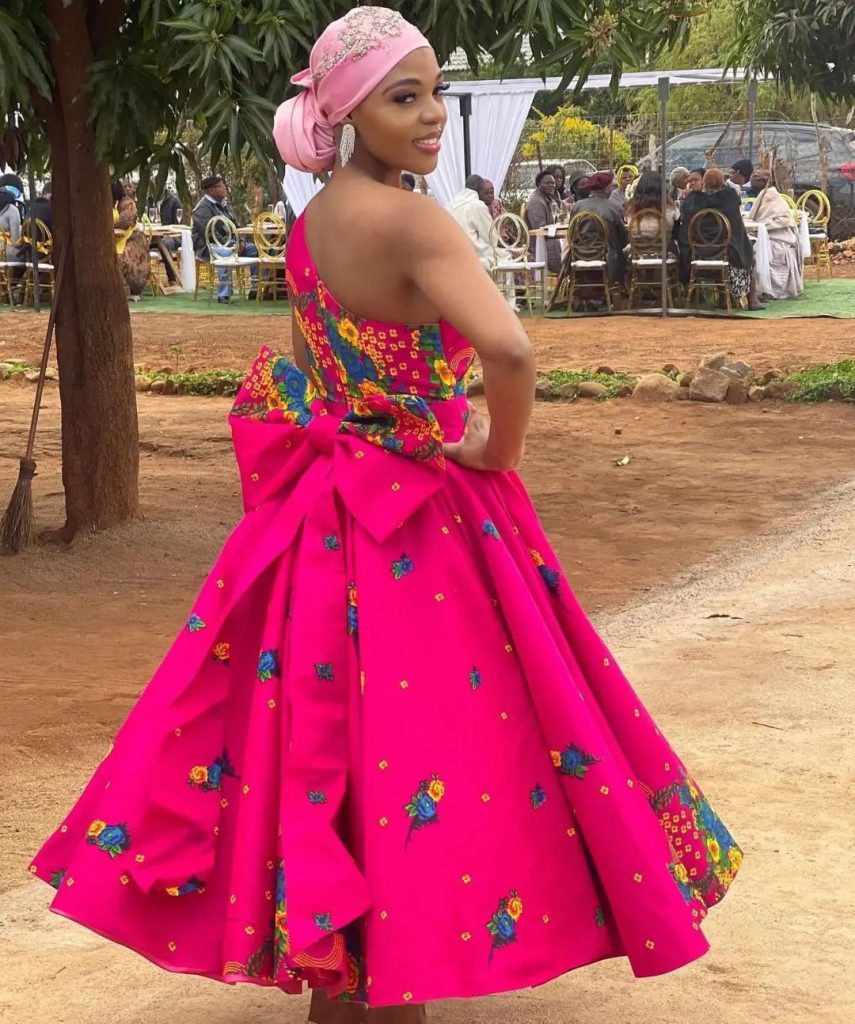
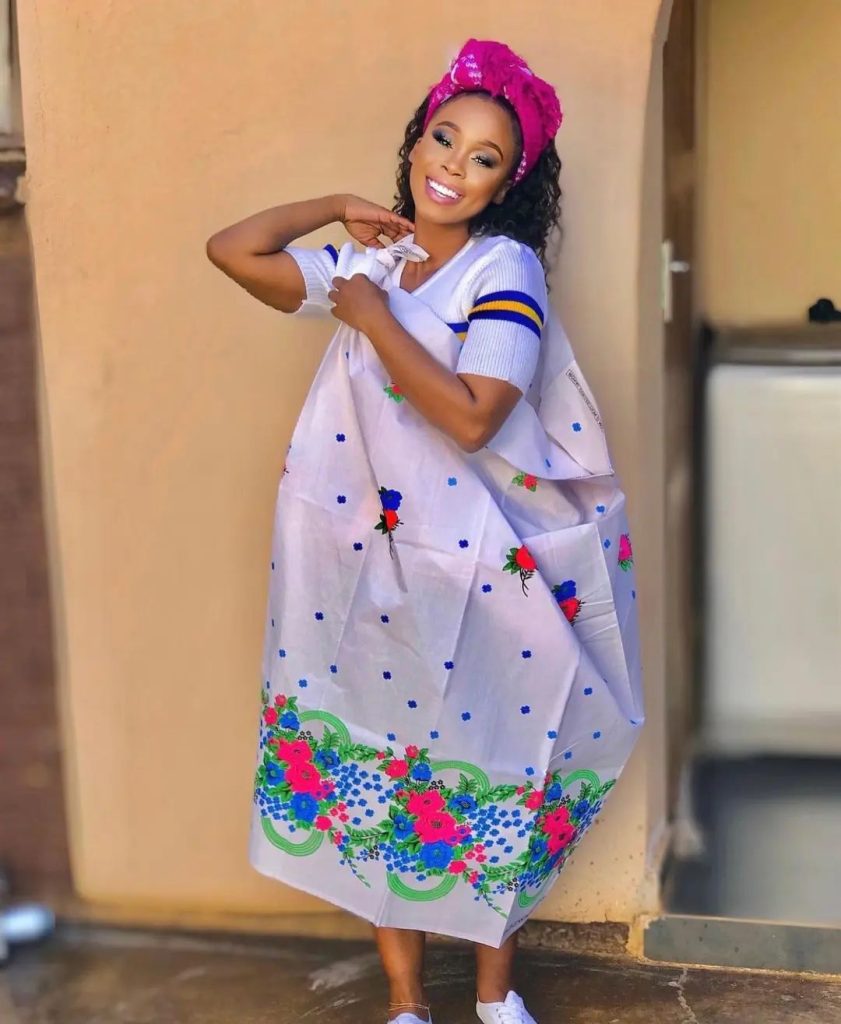
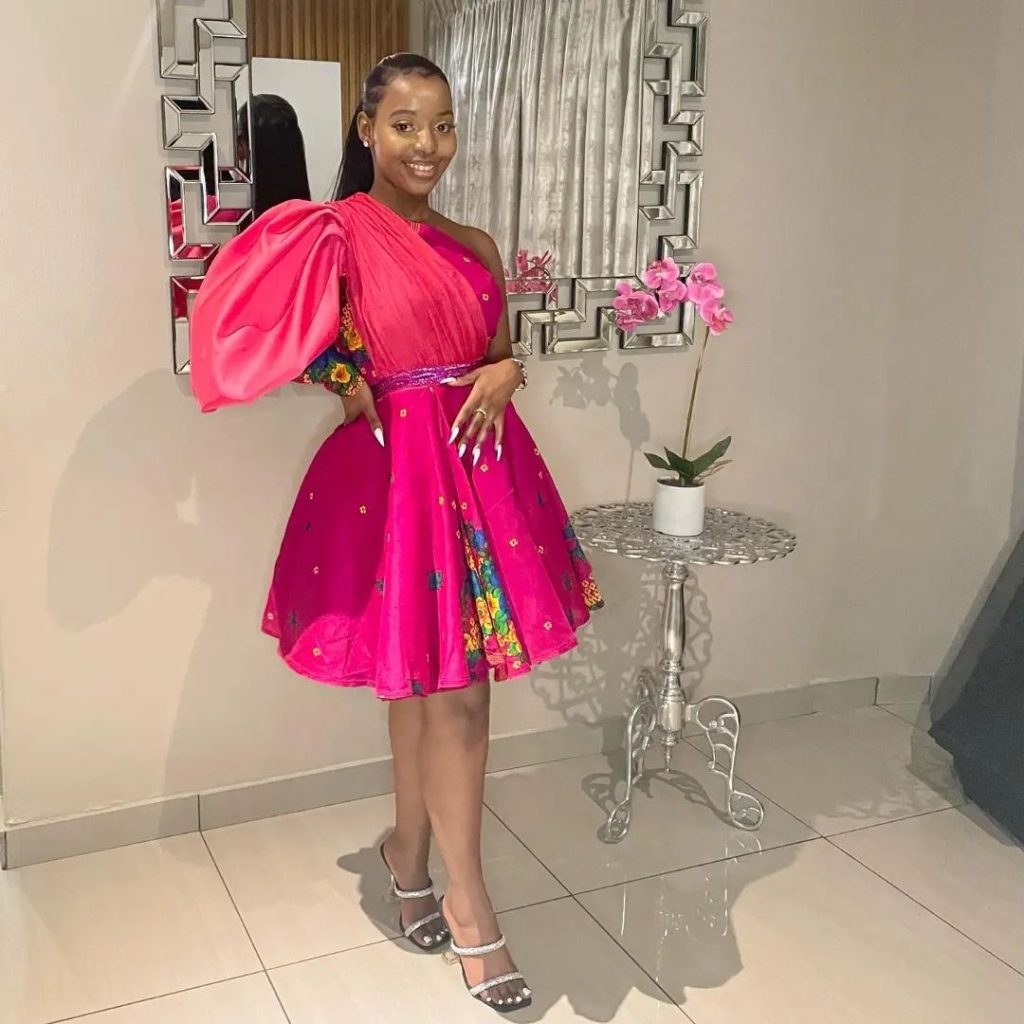
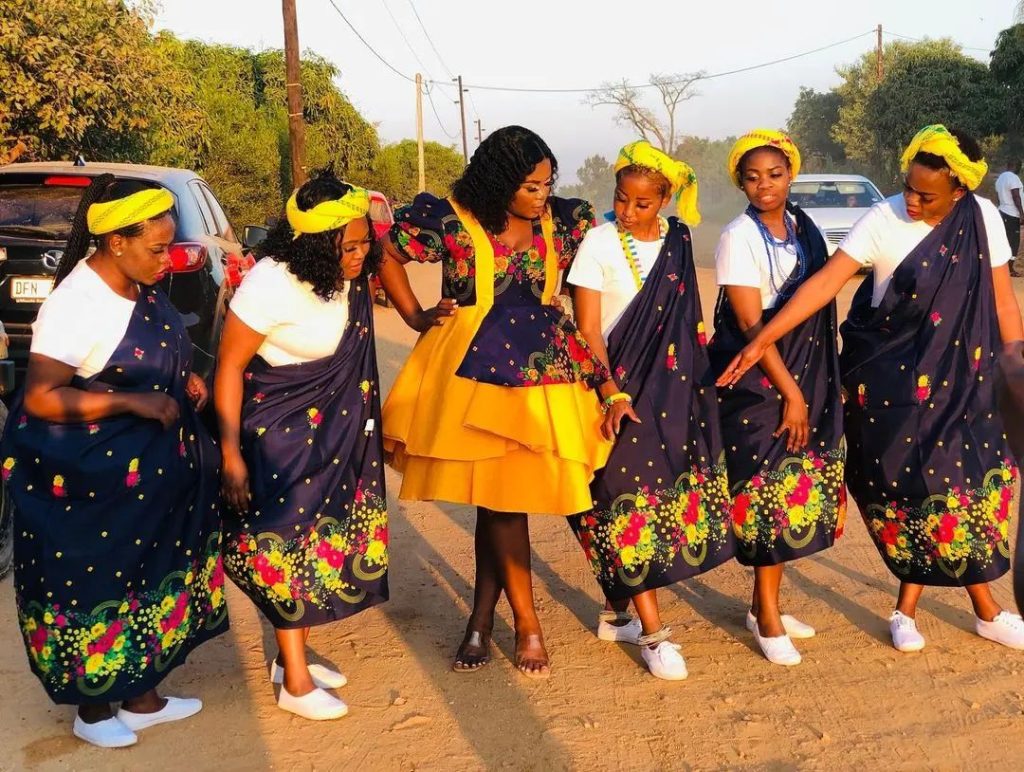
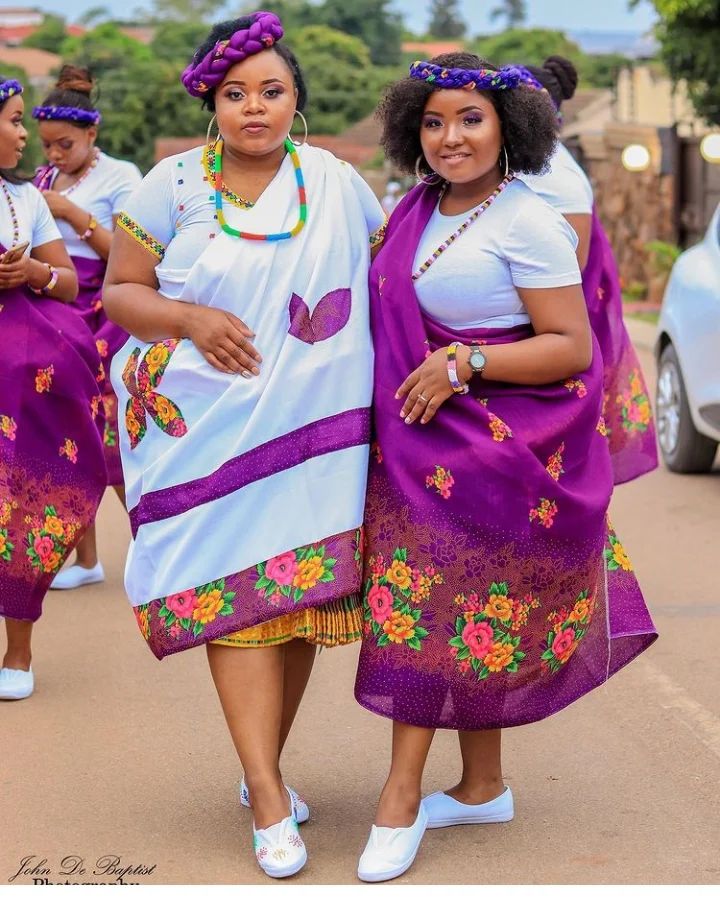
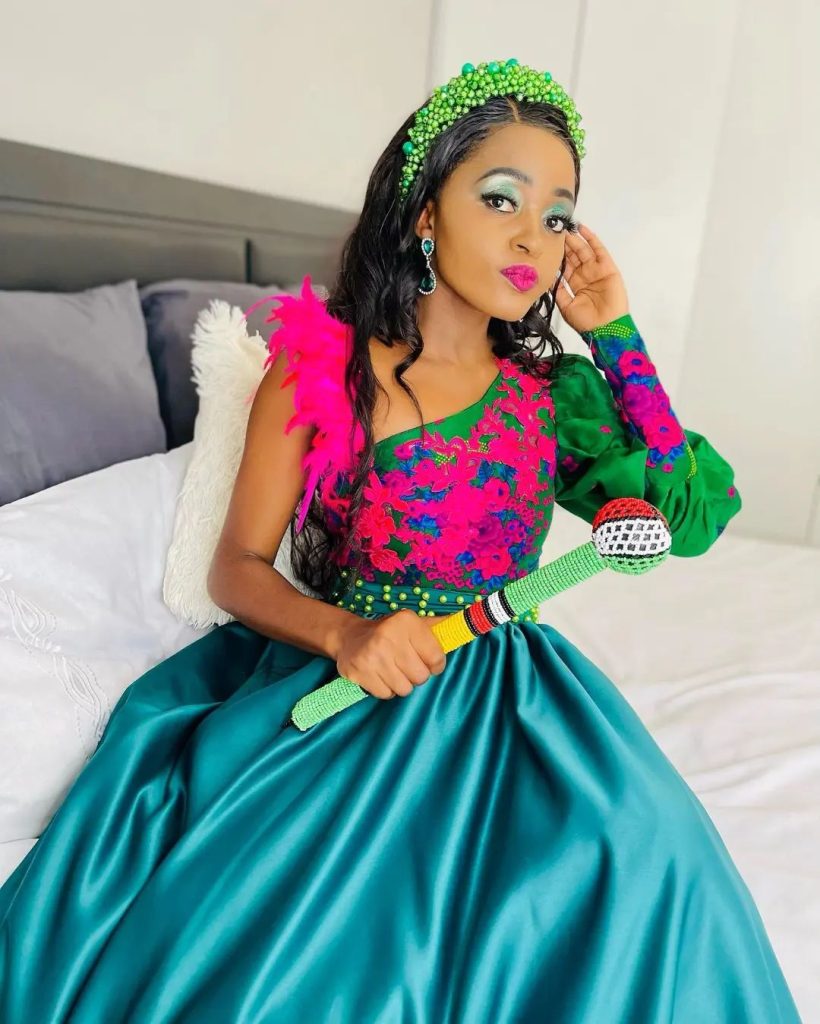
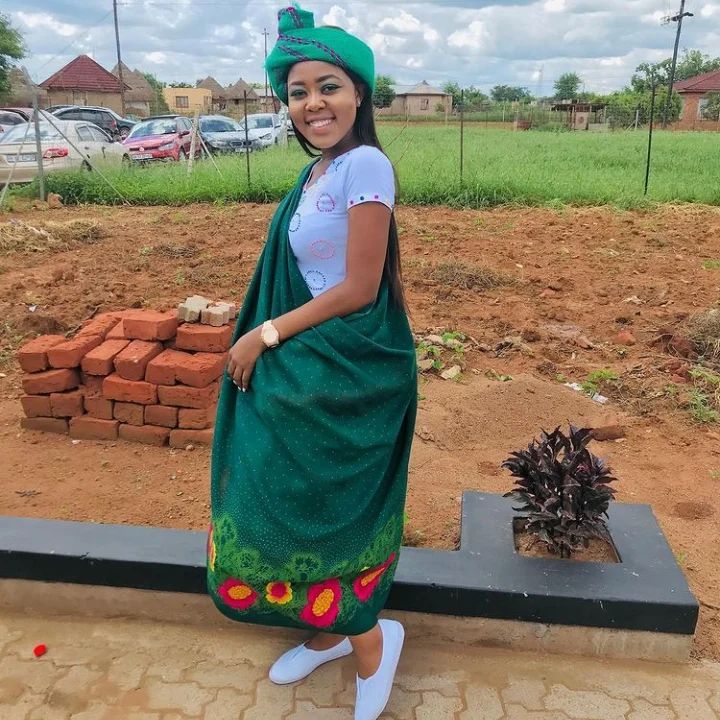
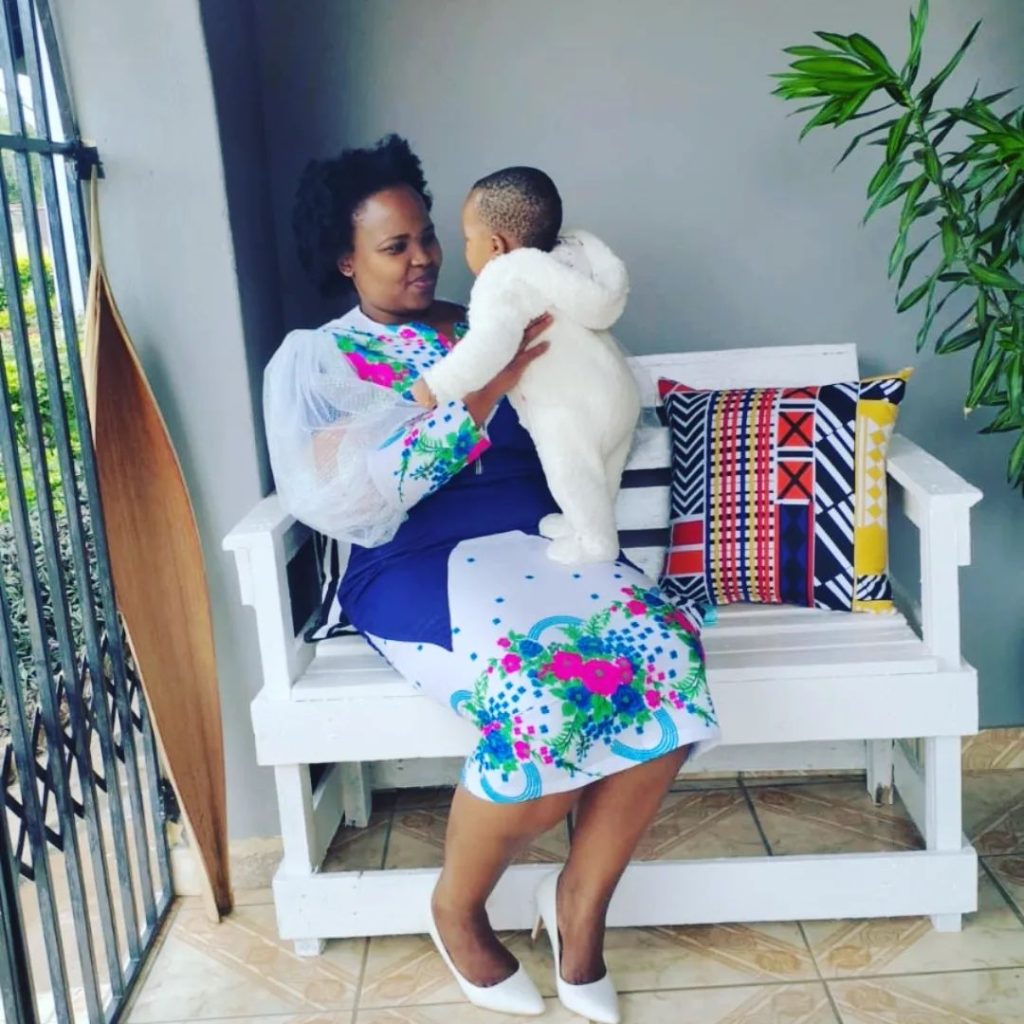
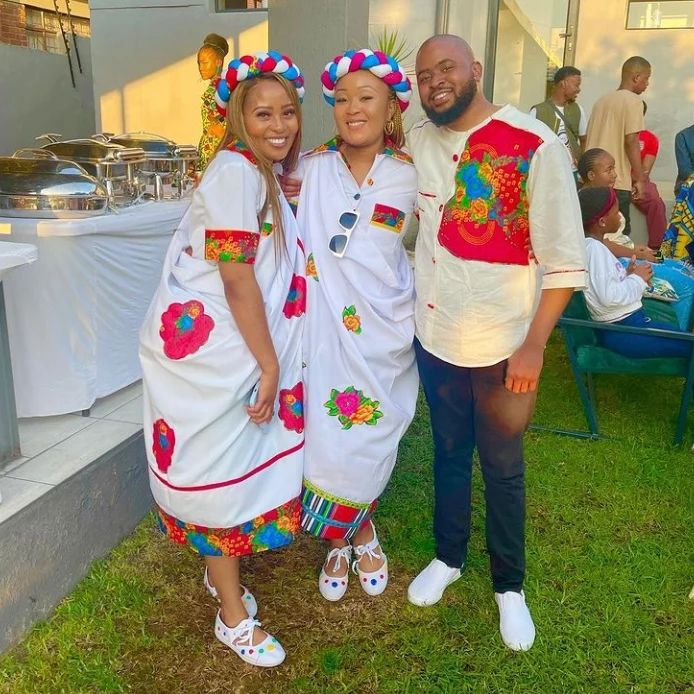
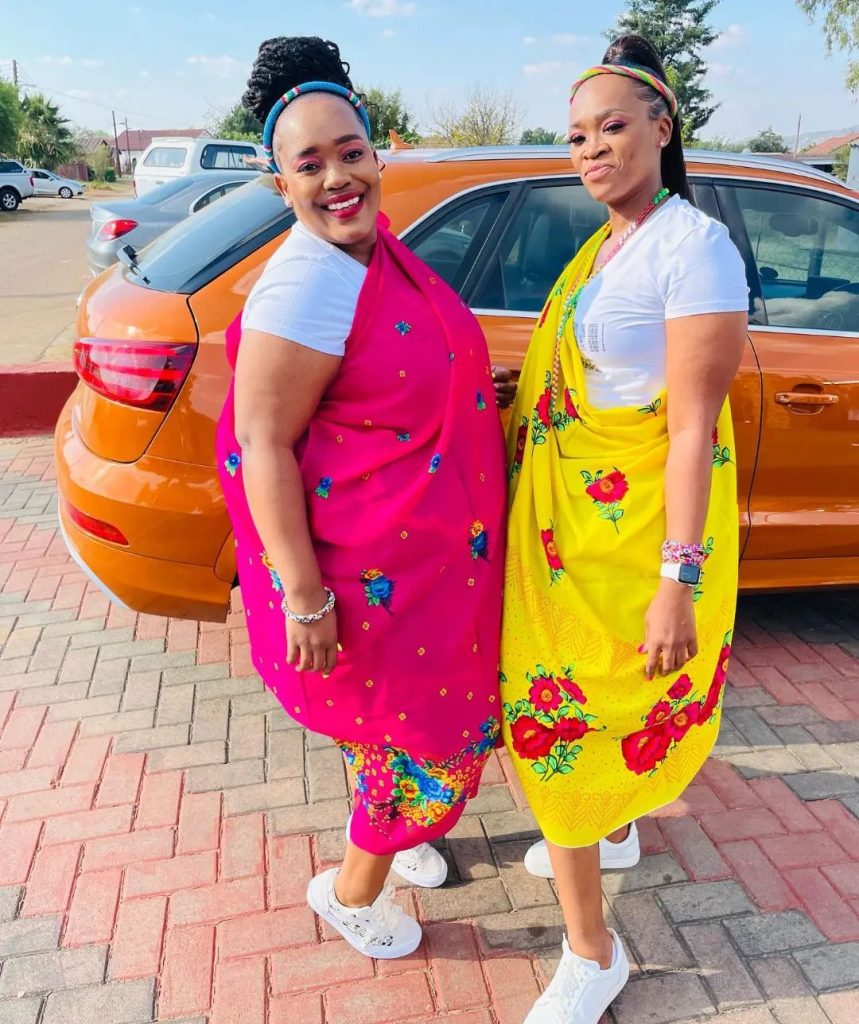
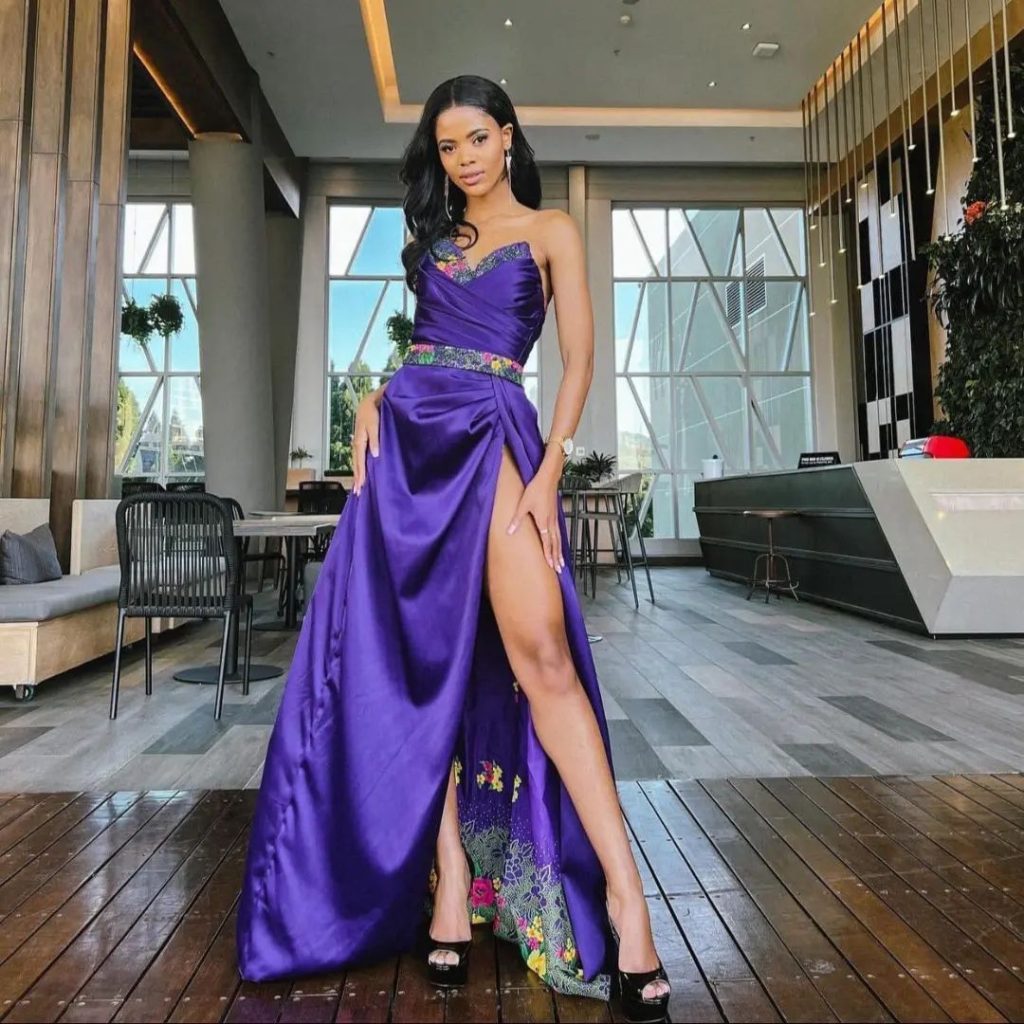
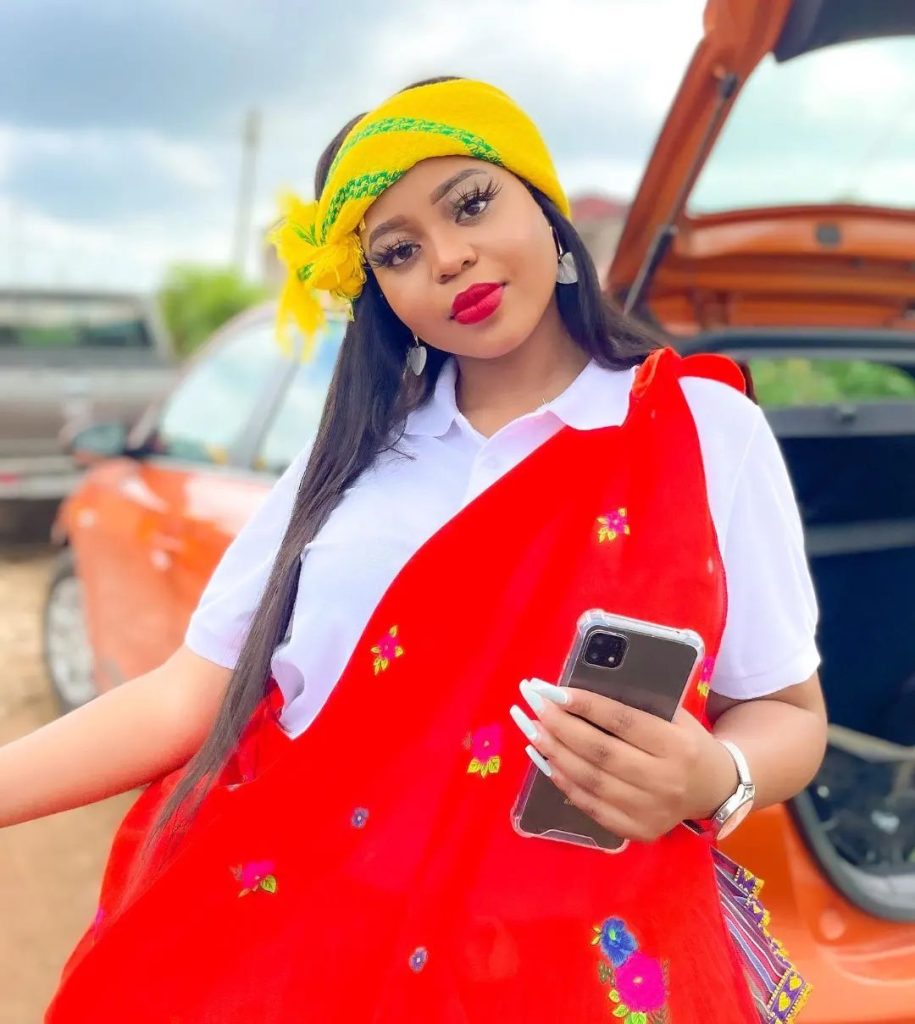
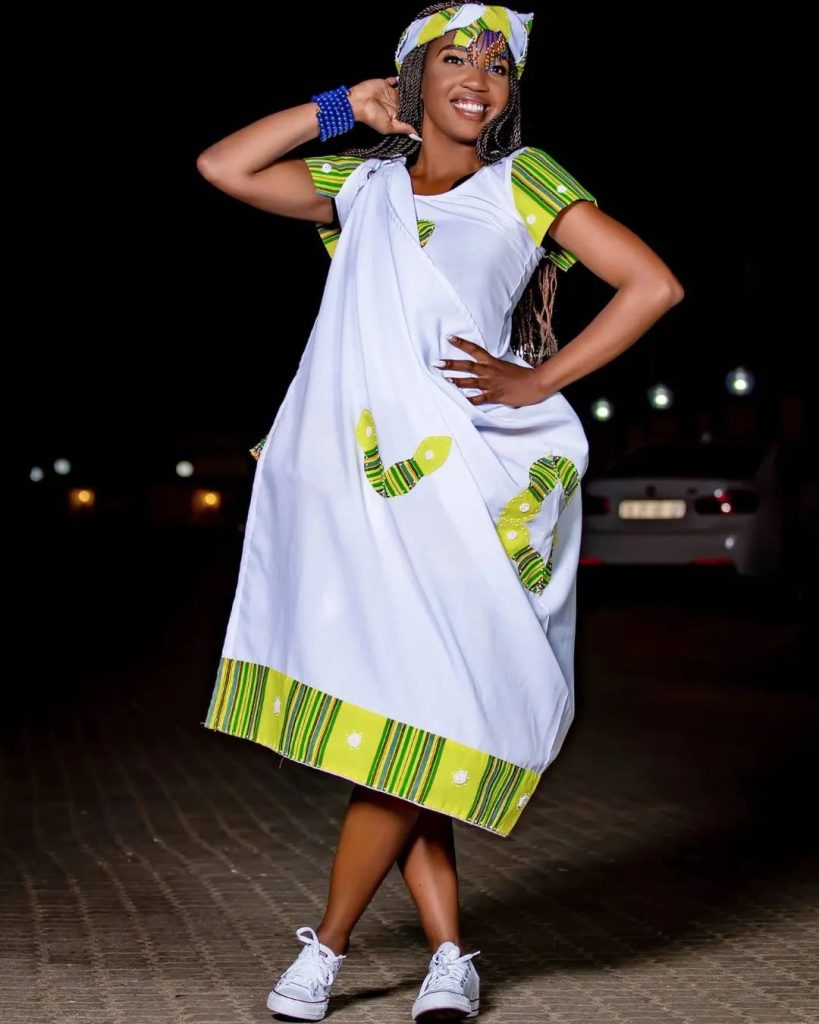
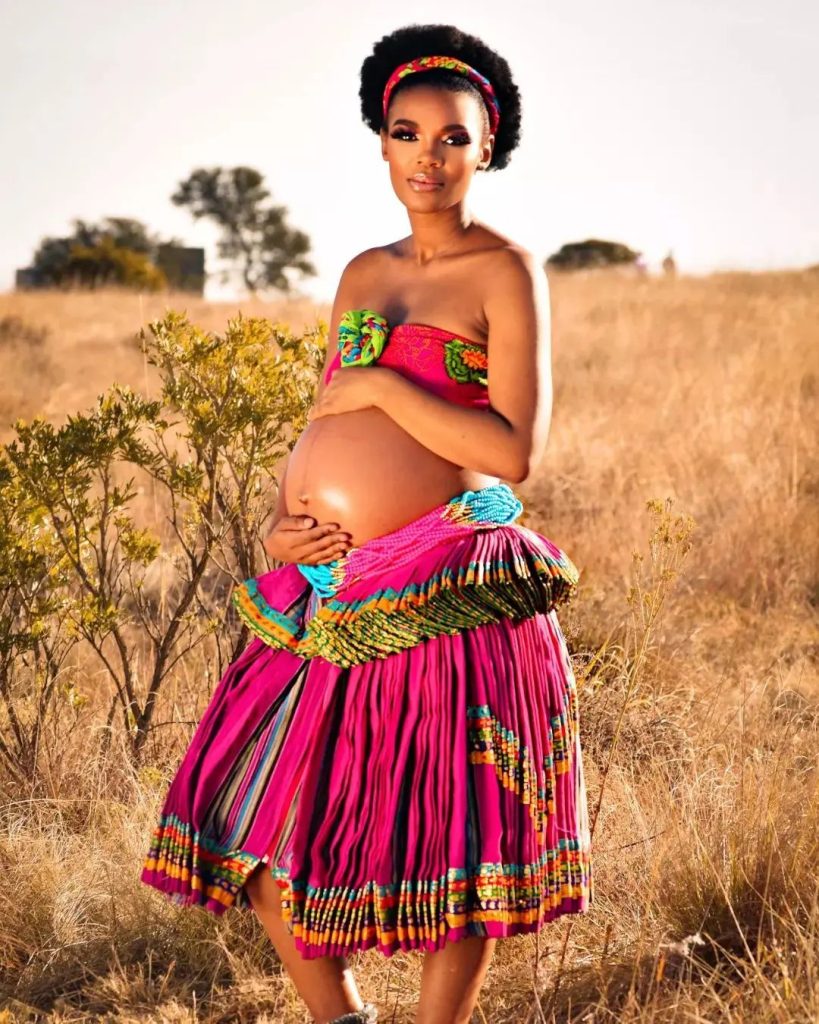
Conclusion
Hope you had fun reading? Please let us know in the comments section which of these tsonga attires are you most familiar with and the one you love the most. If there are other traditional wears that you would want to get outfit inspos on, also let us know by commenting below.

![Guide to Choosing an Ankara Design ([year]) Guide to Choosing an Ankara design](https://eucarlwears.com/wp-content/uploads/2022/12/304848709_555668579667410_2365897879282340187_n-768x960.jpg)
![Most Stylish Maasai Tribe Cultural Wear ([year]) Maasai Tribe Cultural Wear](https://eucarlwears.com/wp-content/uploads/2022/10/291637720_462840875651537_5927977410571533592_n-1-1.jpg)
![Awe-inspiring Vintage Tunisian Bakhnoug Textile ([year]) Vintage Tunisian Bakhnoug Textile](https://eucarlwears.com/wp-content/uploads/2022/12/1671640173841-768x959.webp)
![Olubugo: Uganda's Prestigious Barkcloth ([year]) Olubugo: Uganda's Prestigious Barkcloth](https://eucarlwears.com/wp-content/uploads/2022/12/1670696132209-768x894.webp)
![Astounding Faso Dan Fani Clothing Styles ([year]) Faso Dan Fani Clothing Styles](https://eucarlwears.com/wp-content/uploads/2022/12/1669472055234-768x768.webp)
